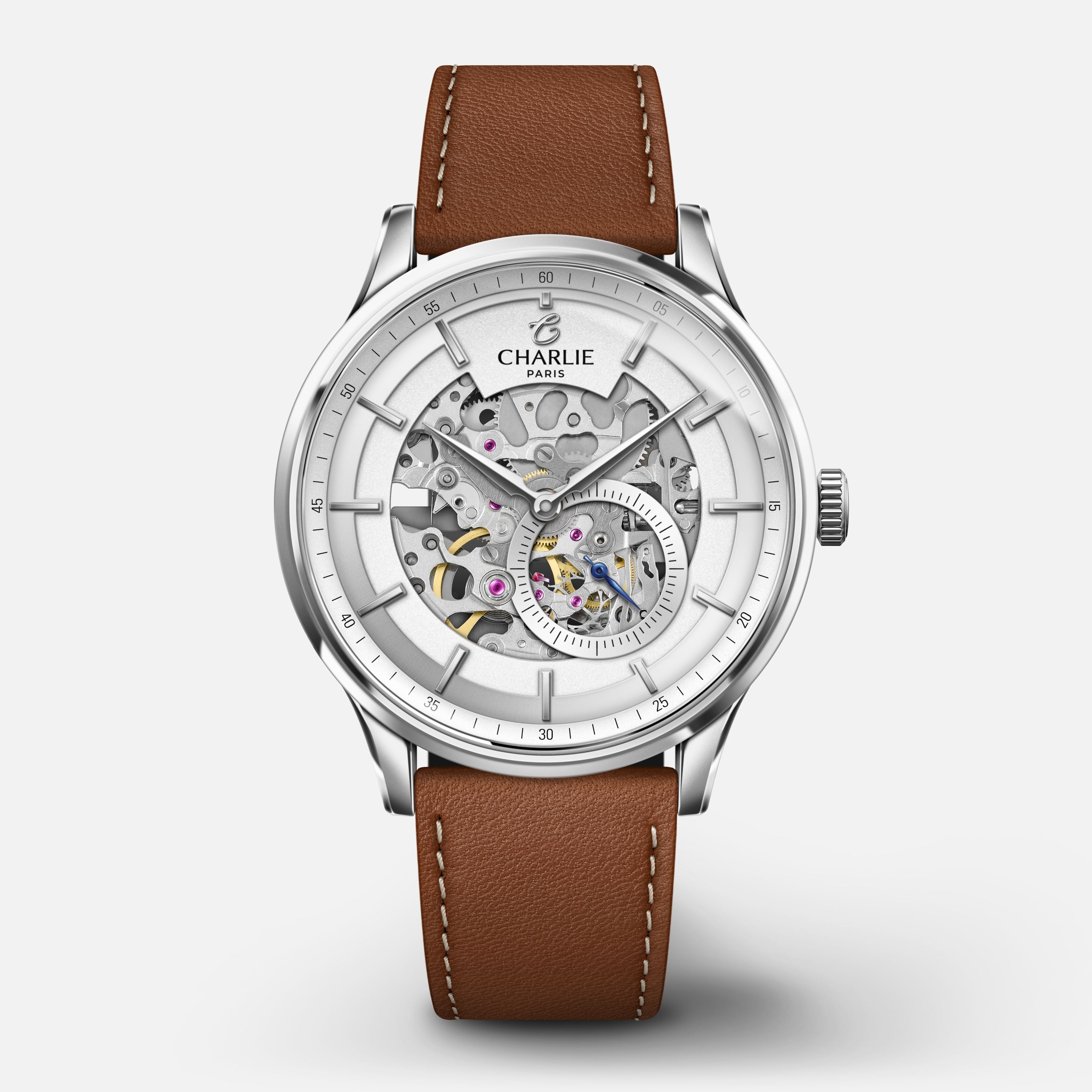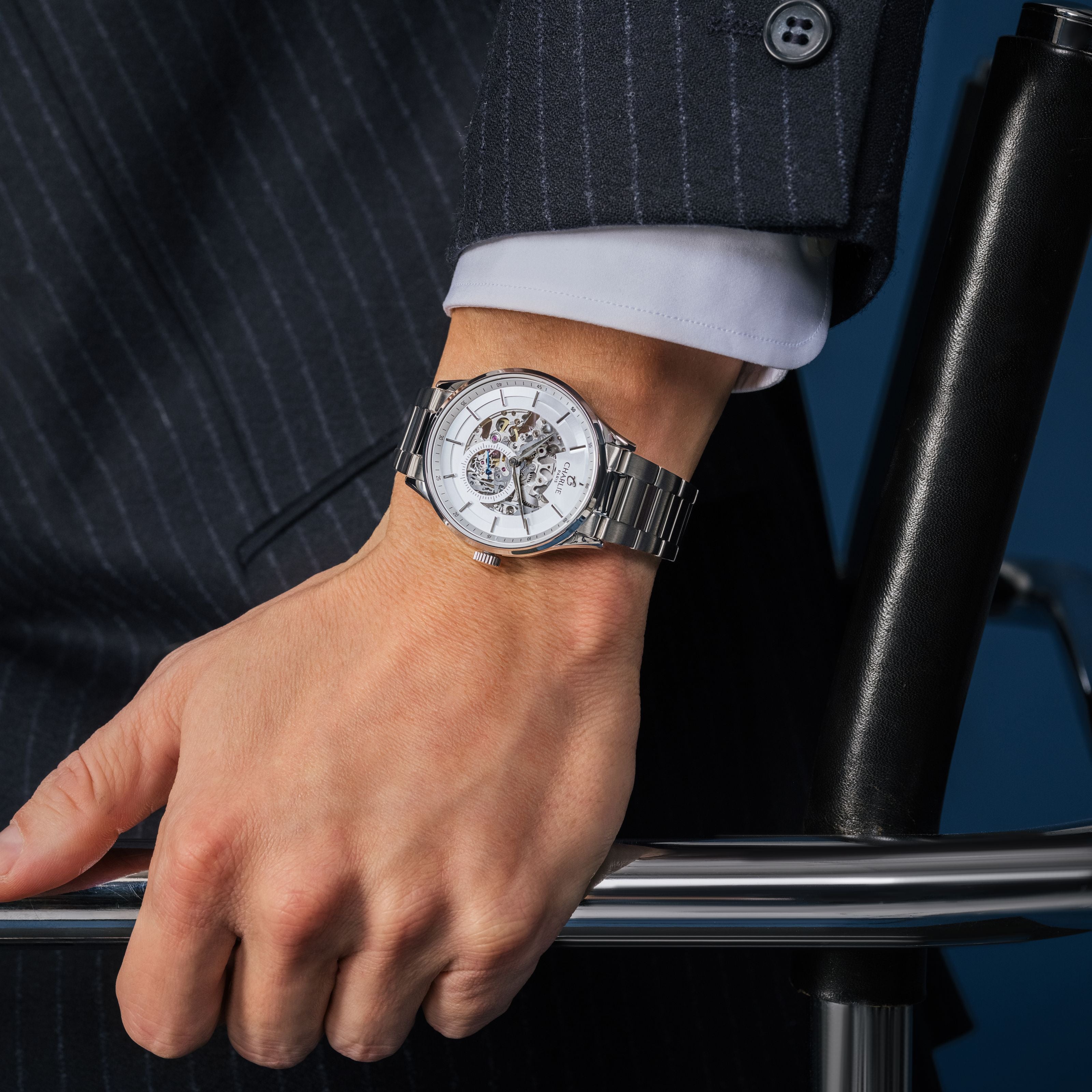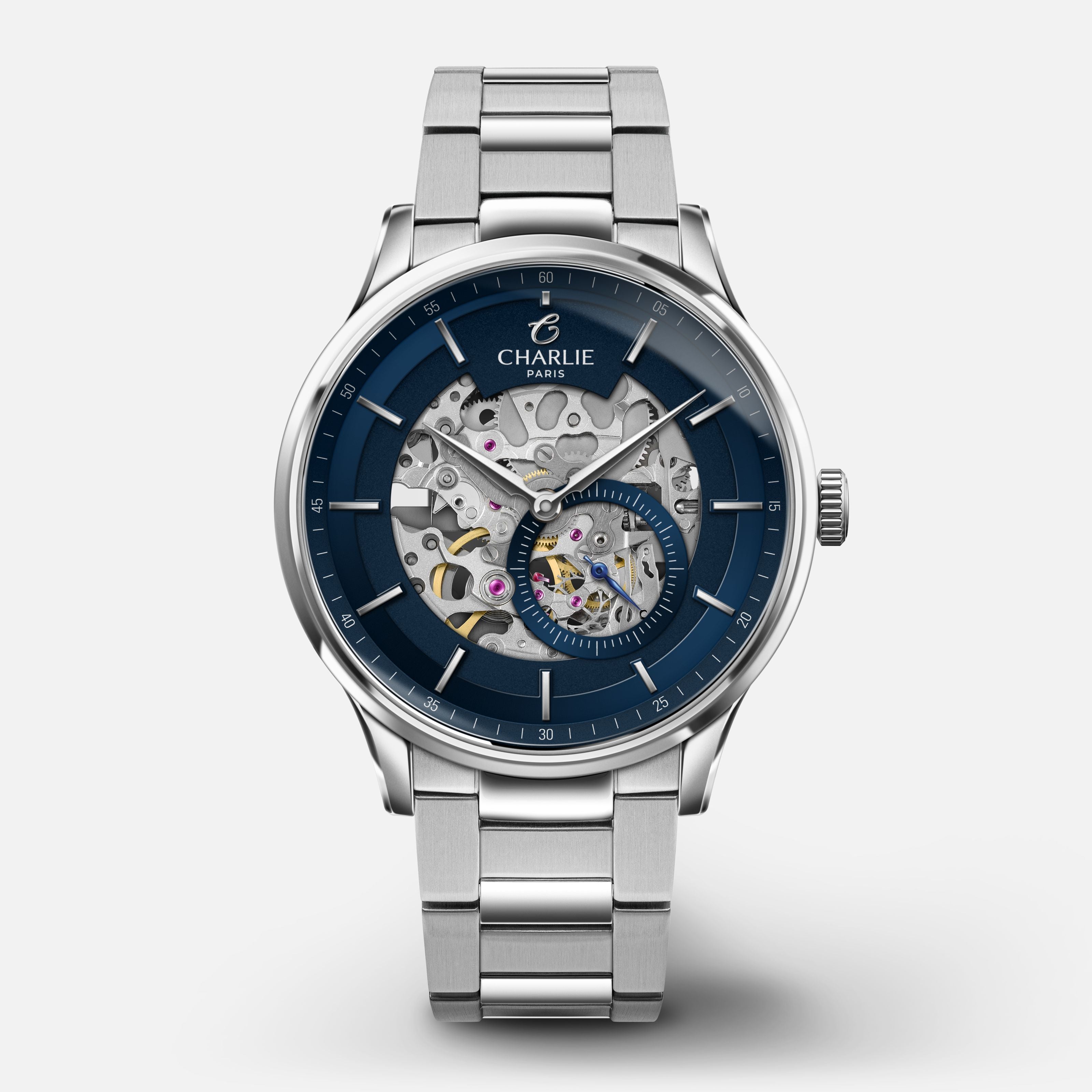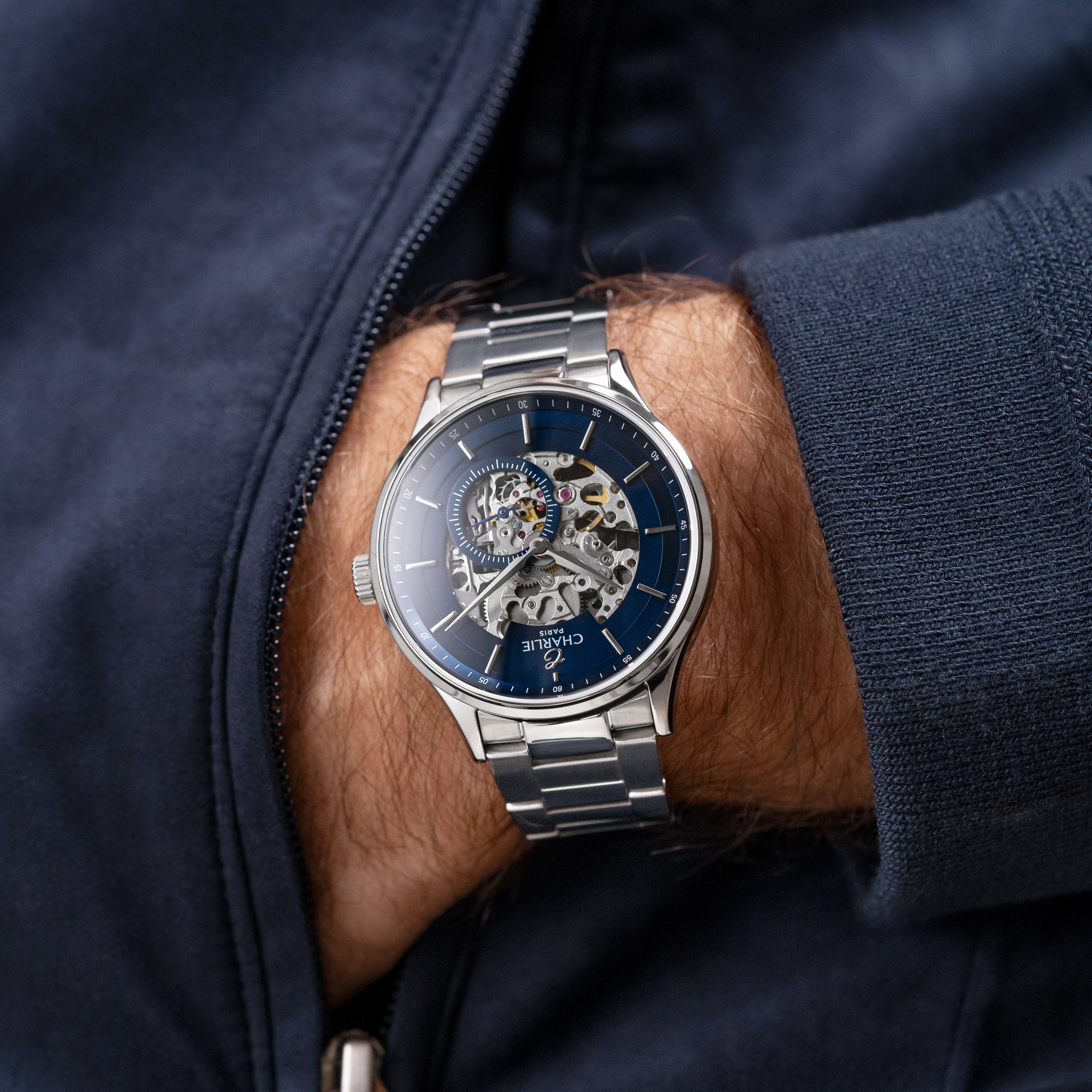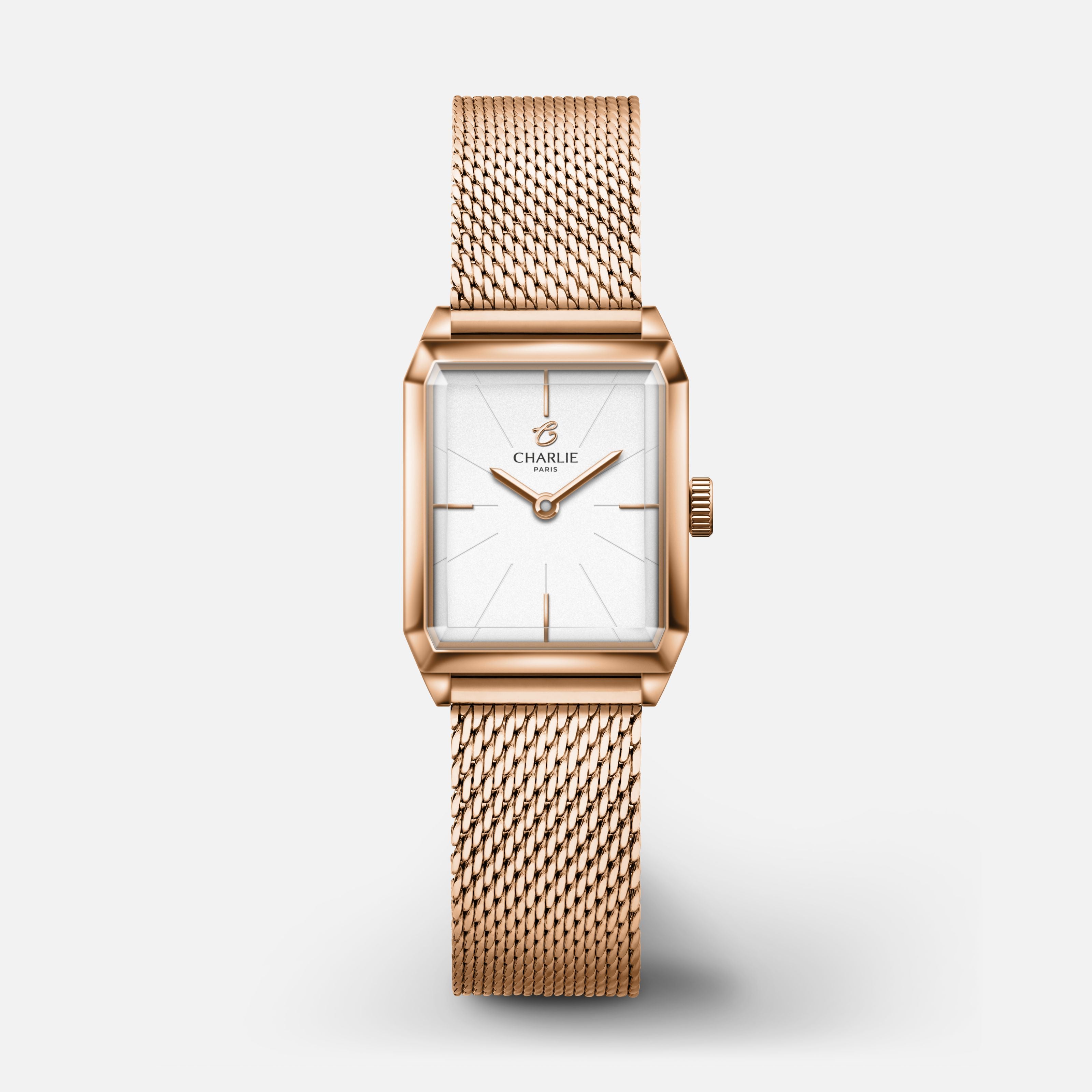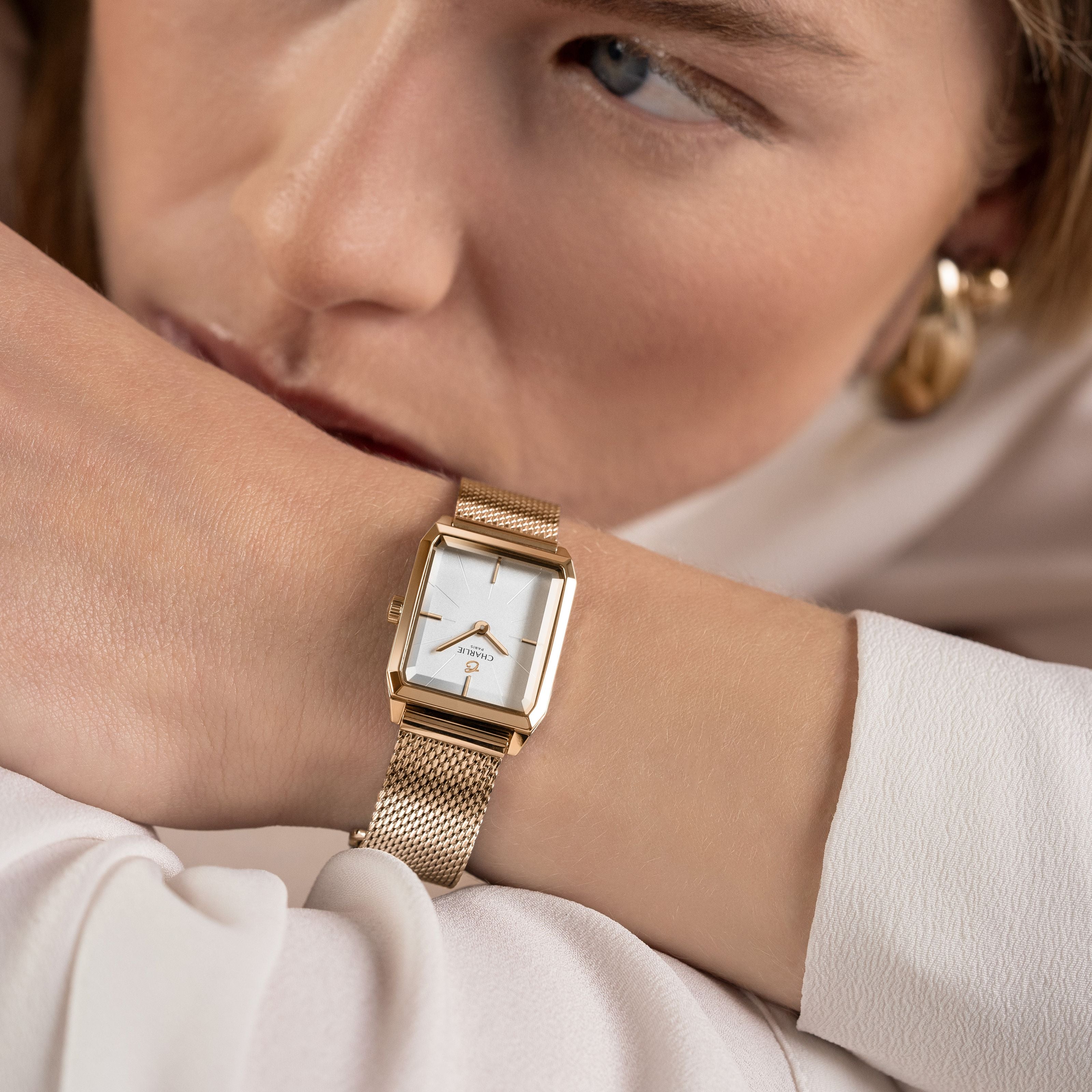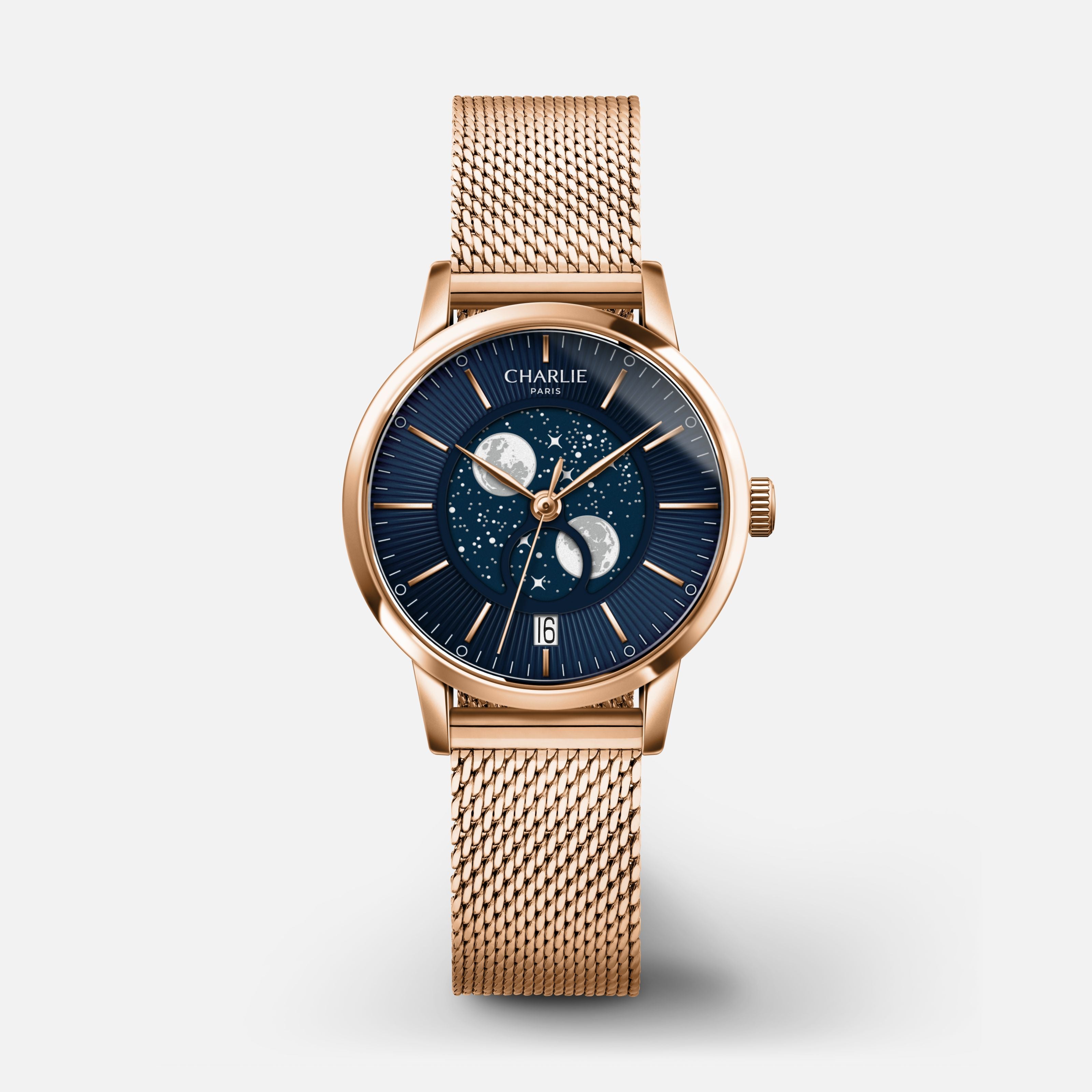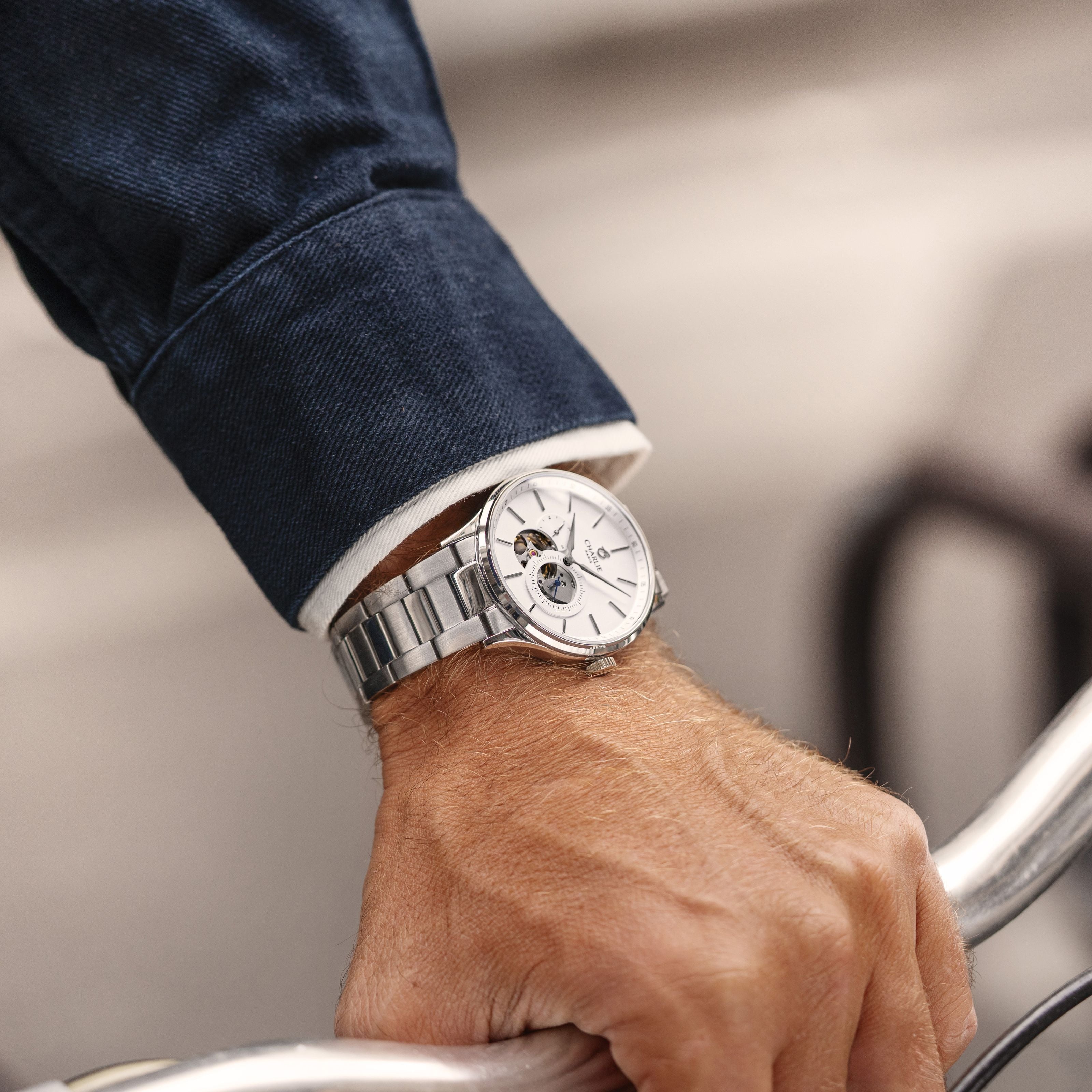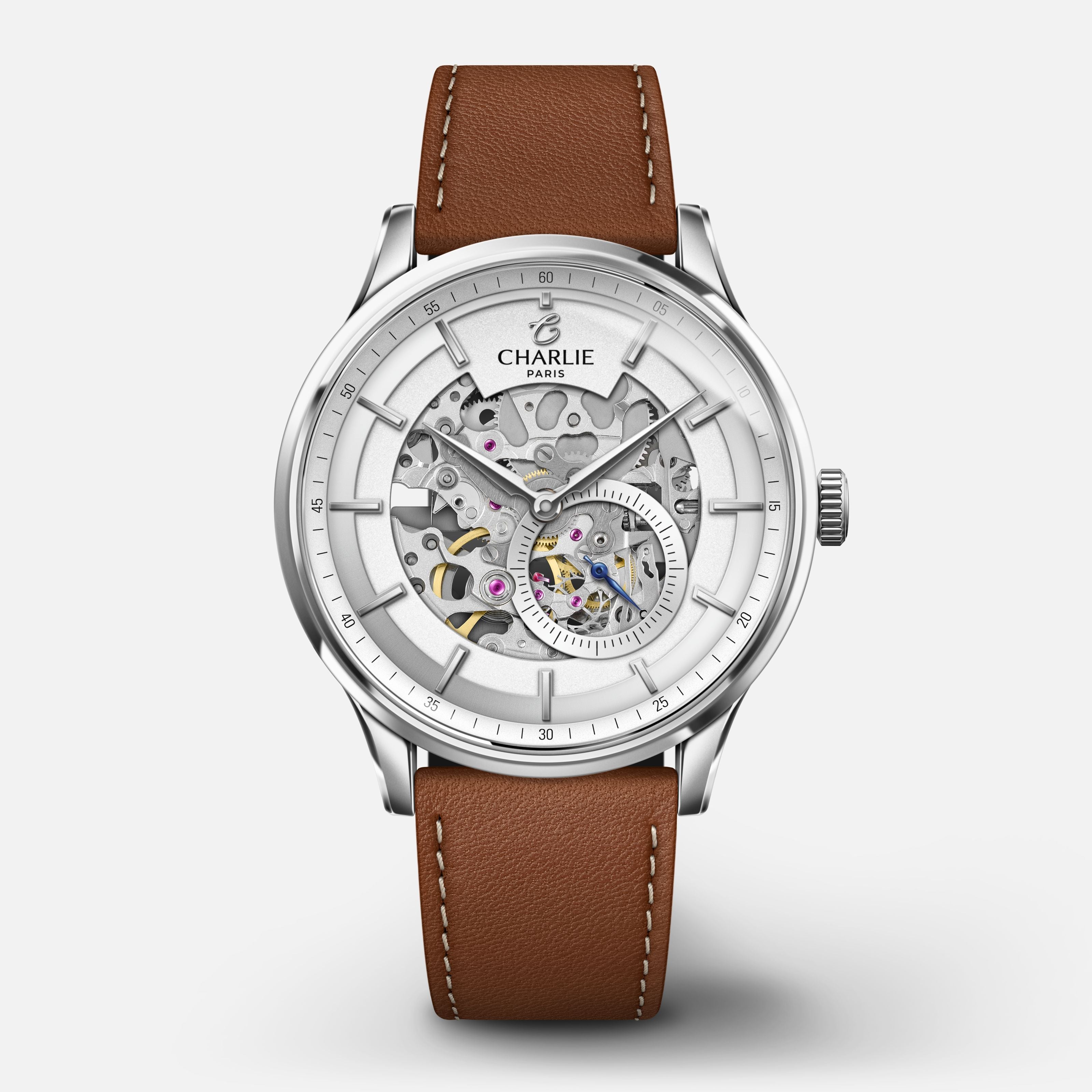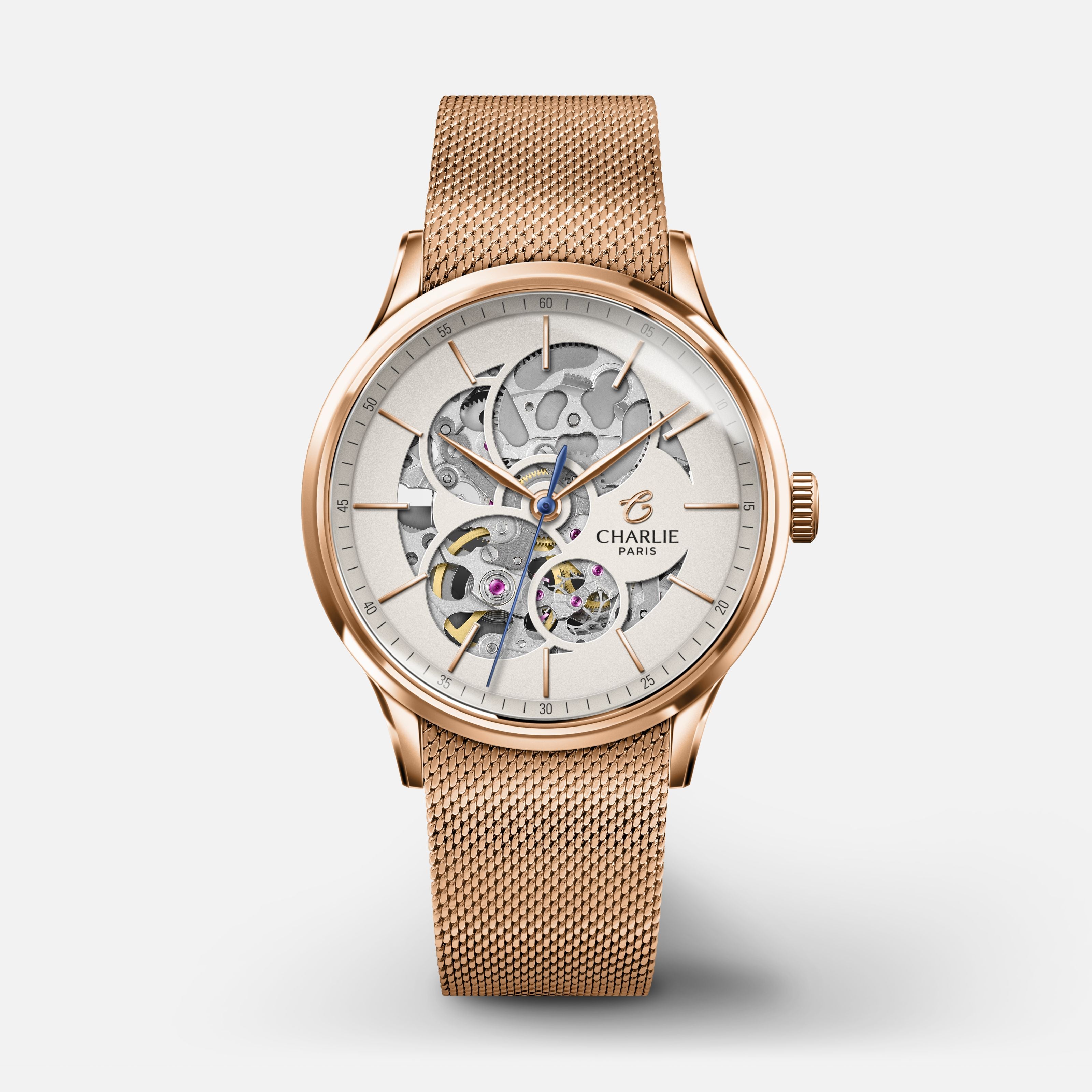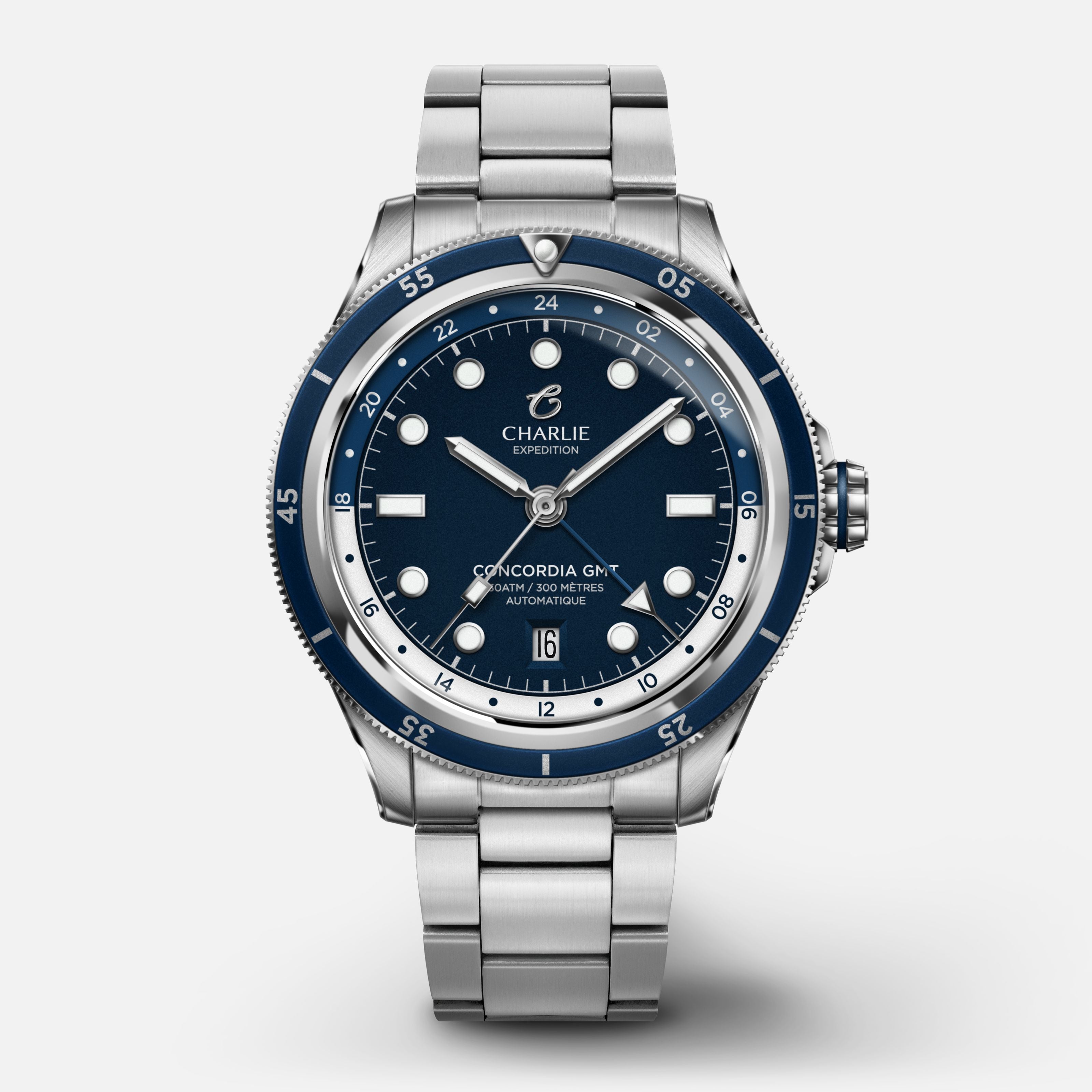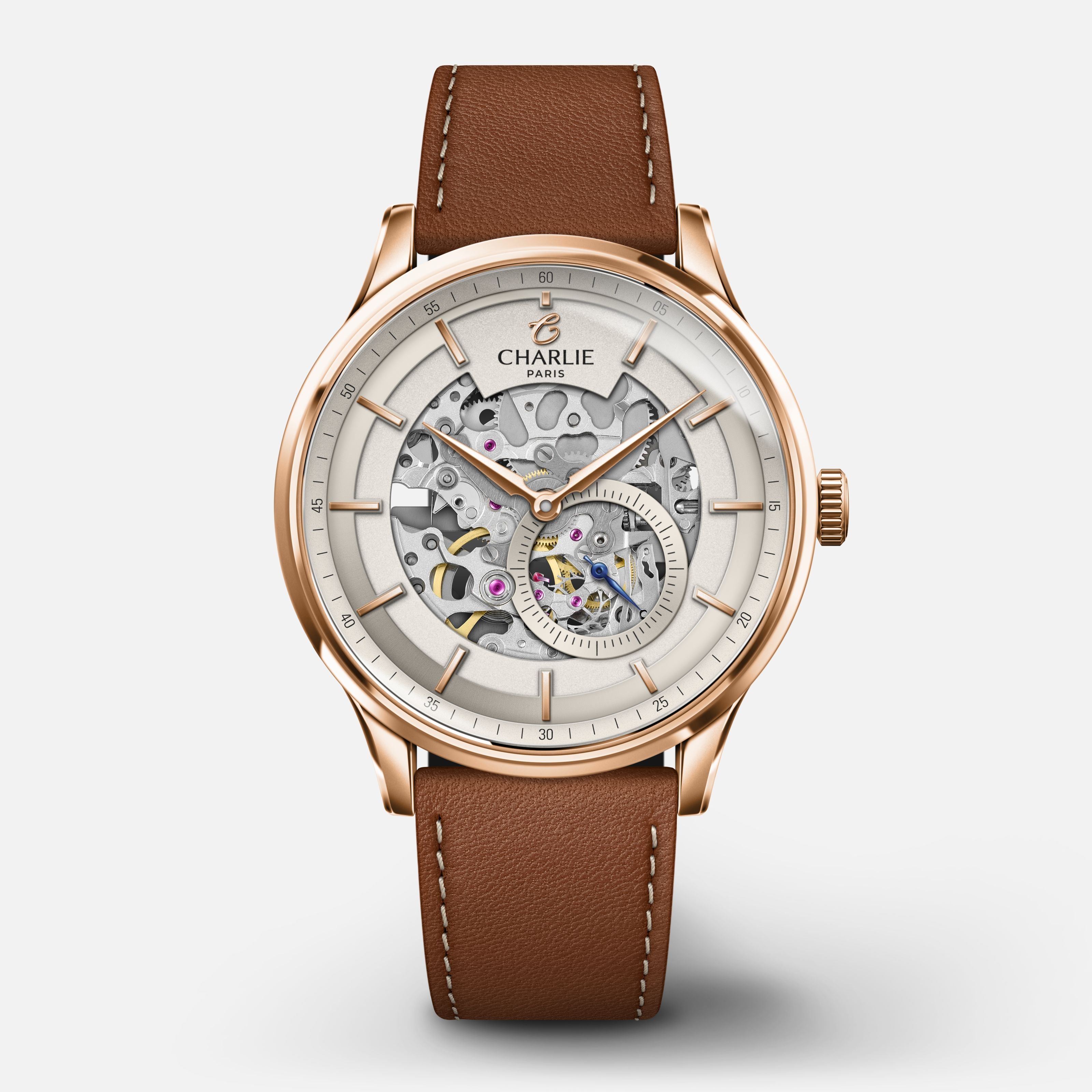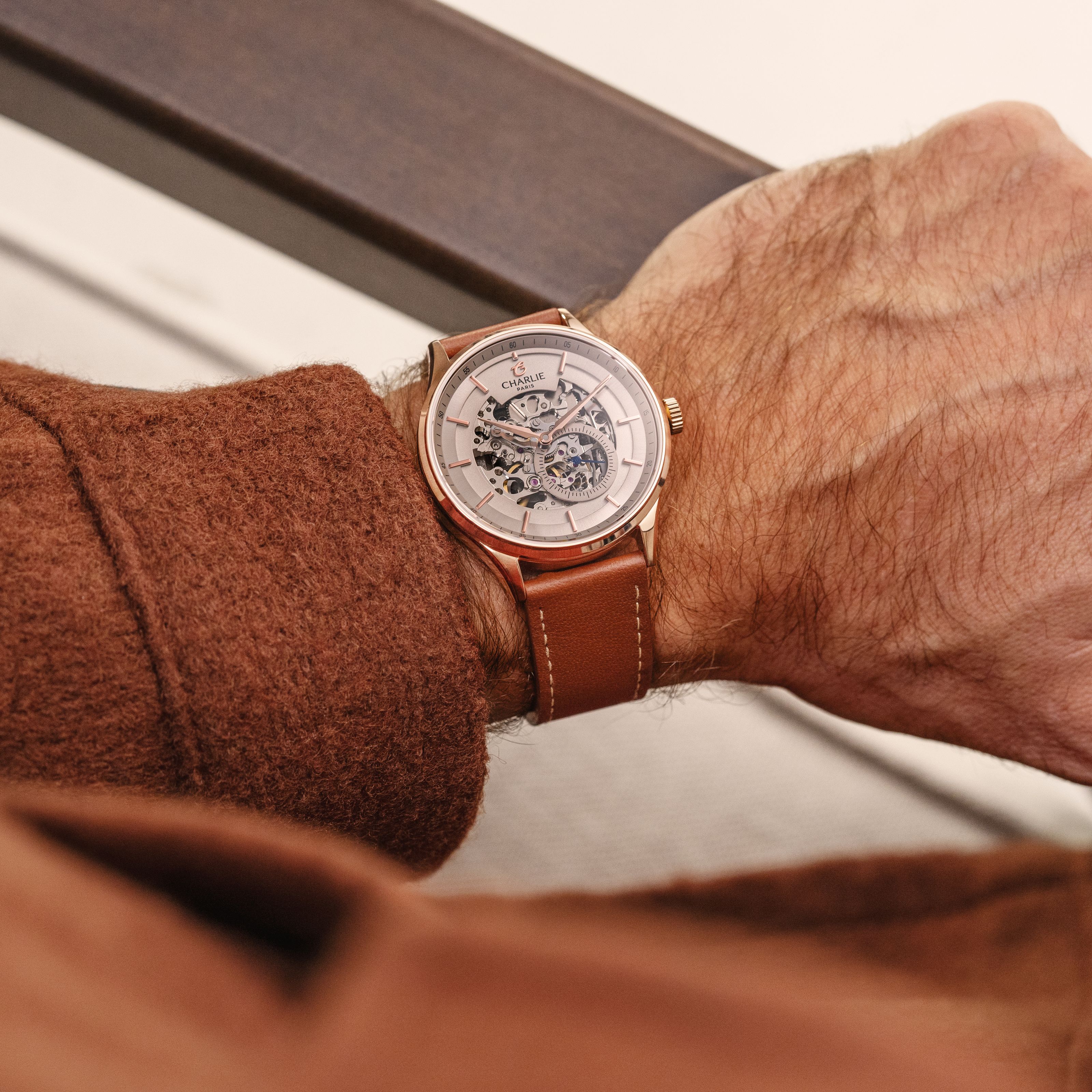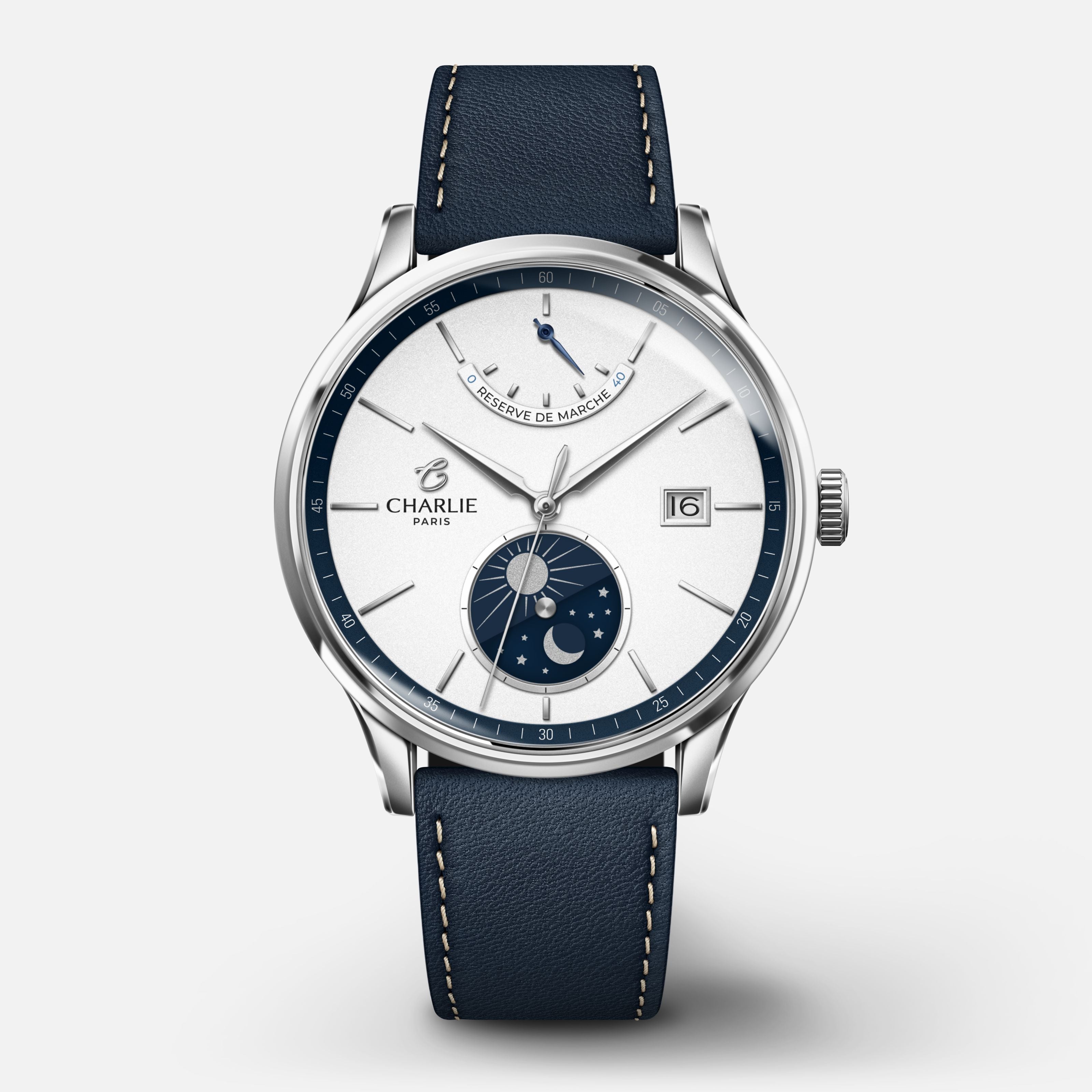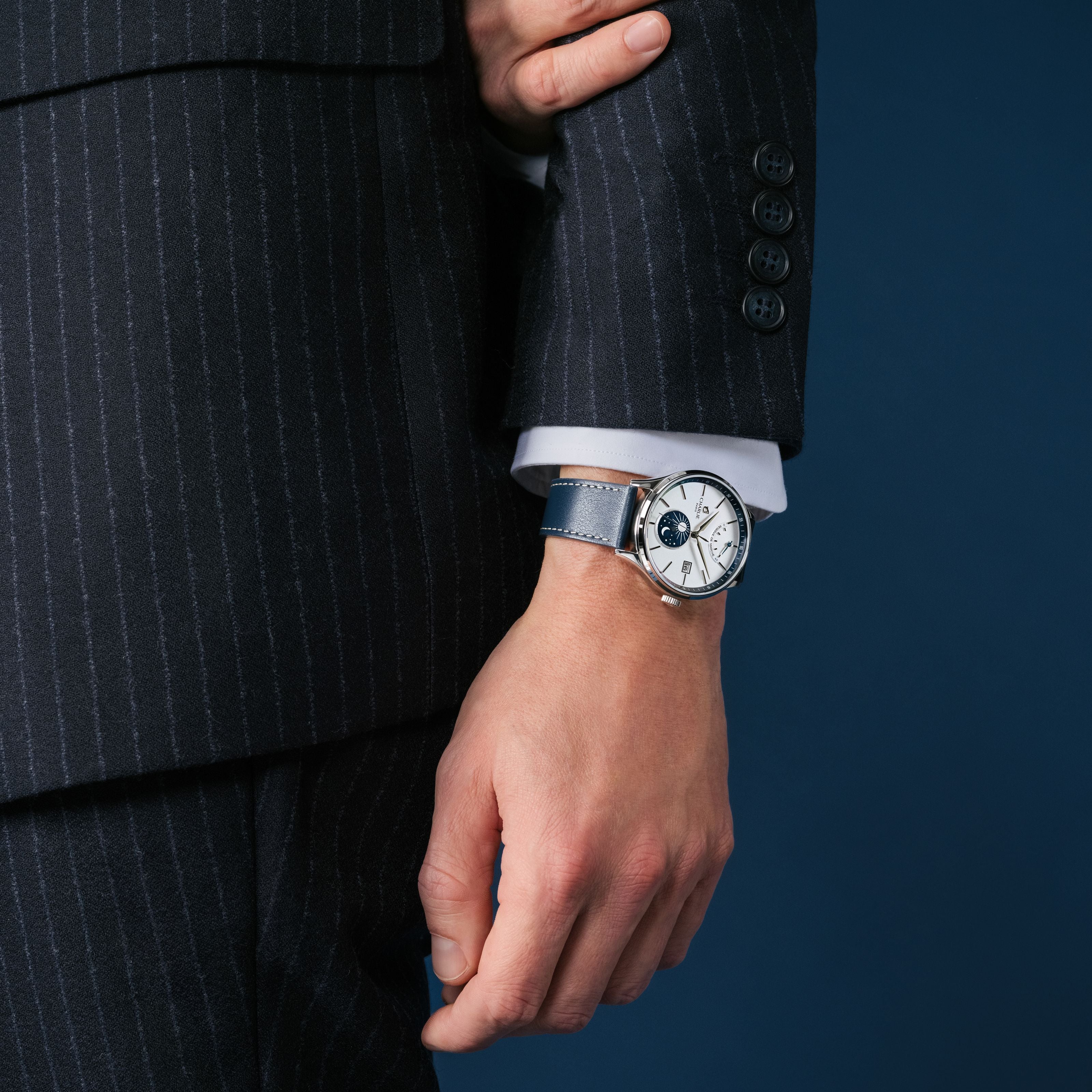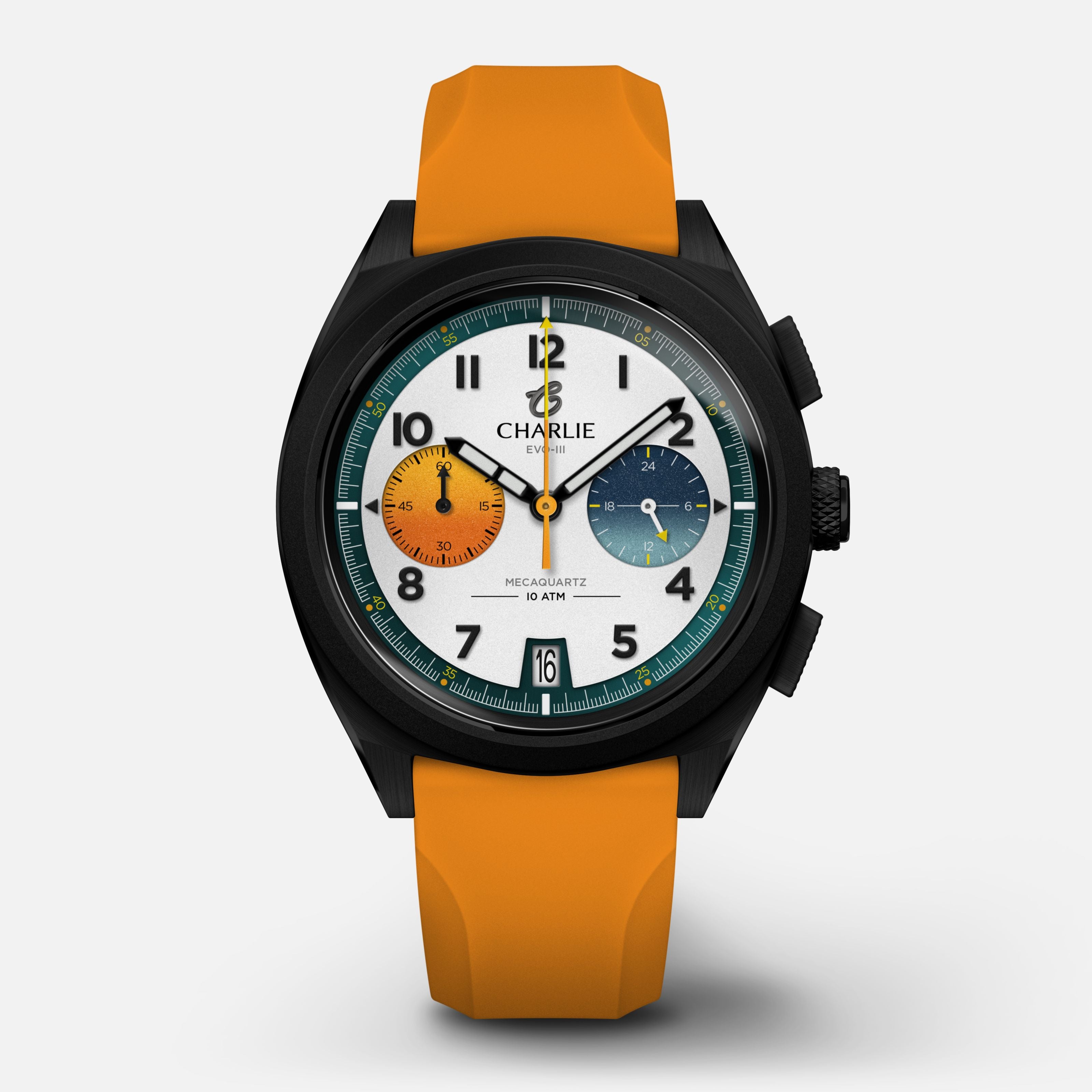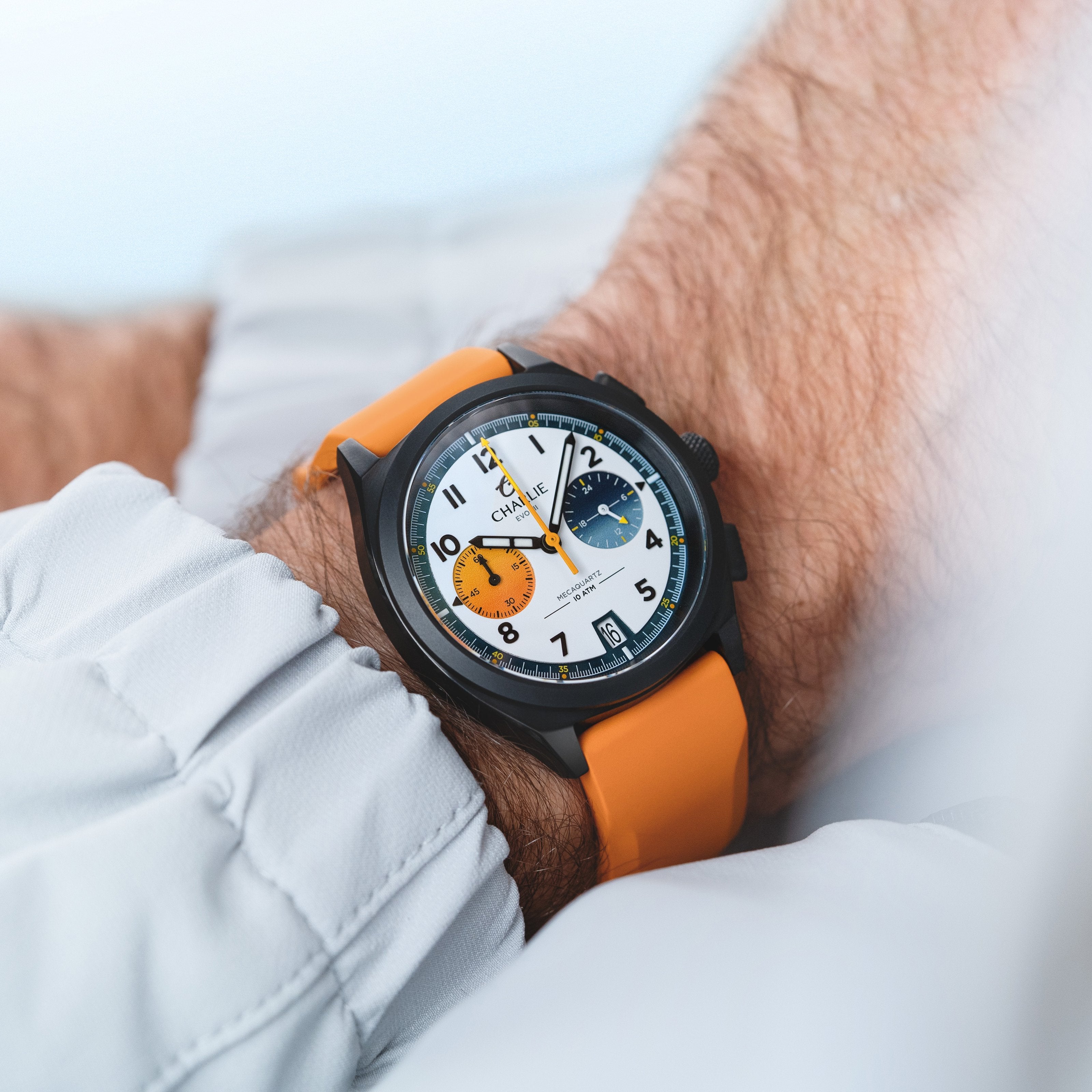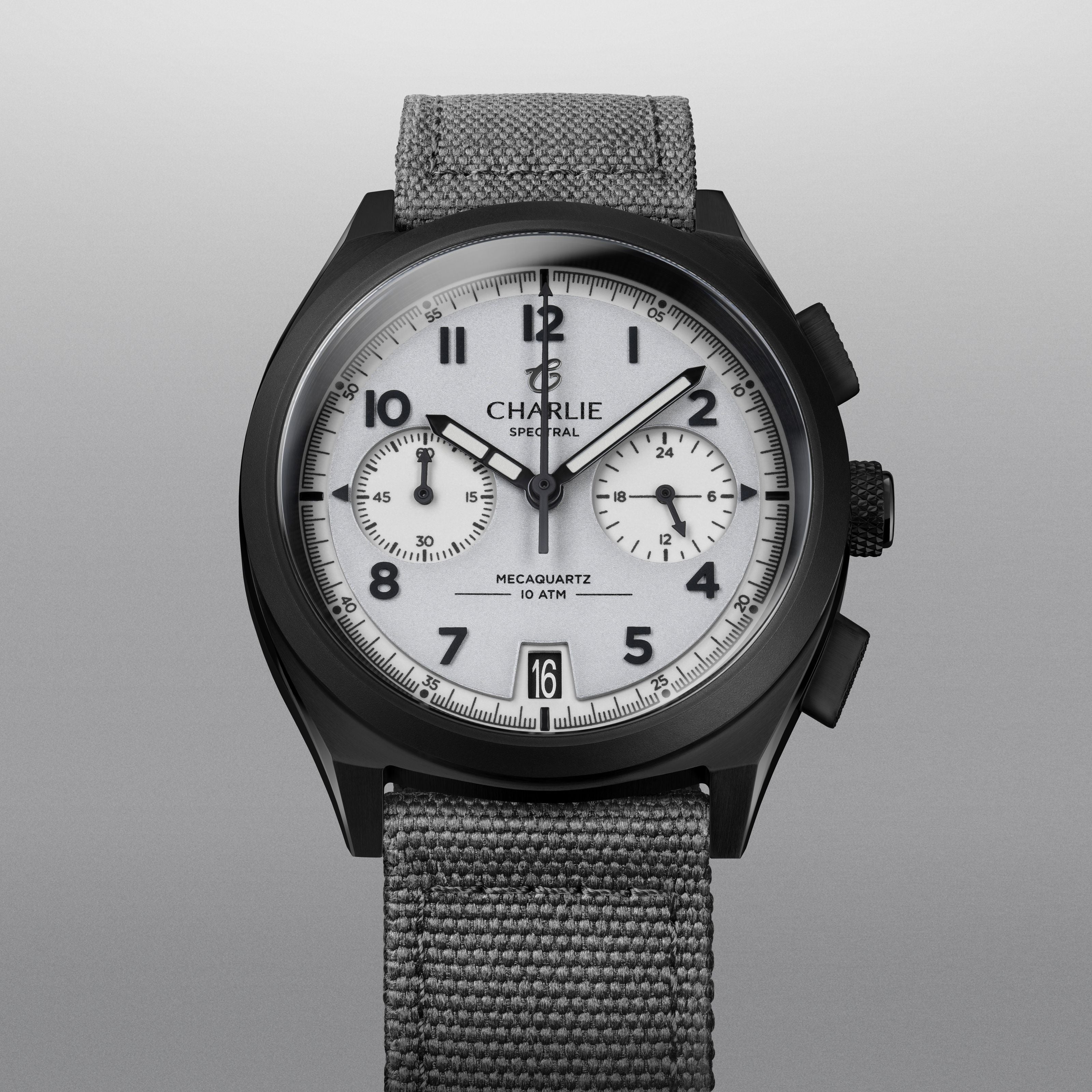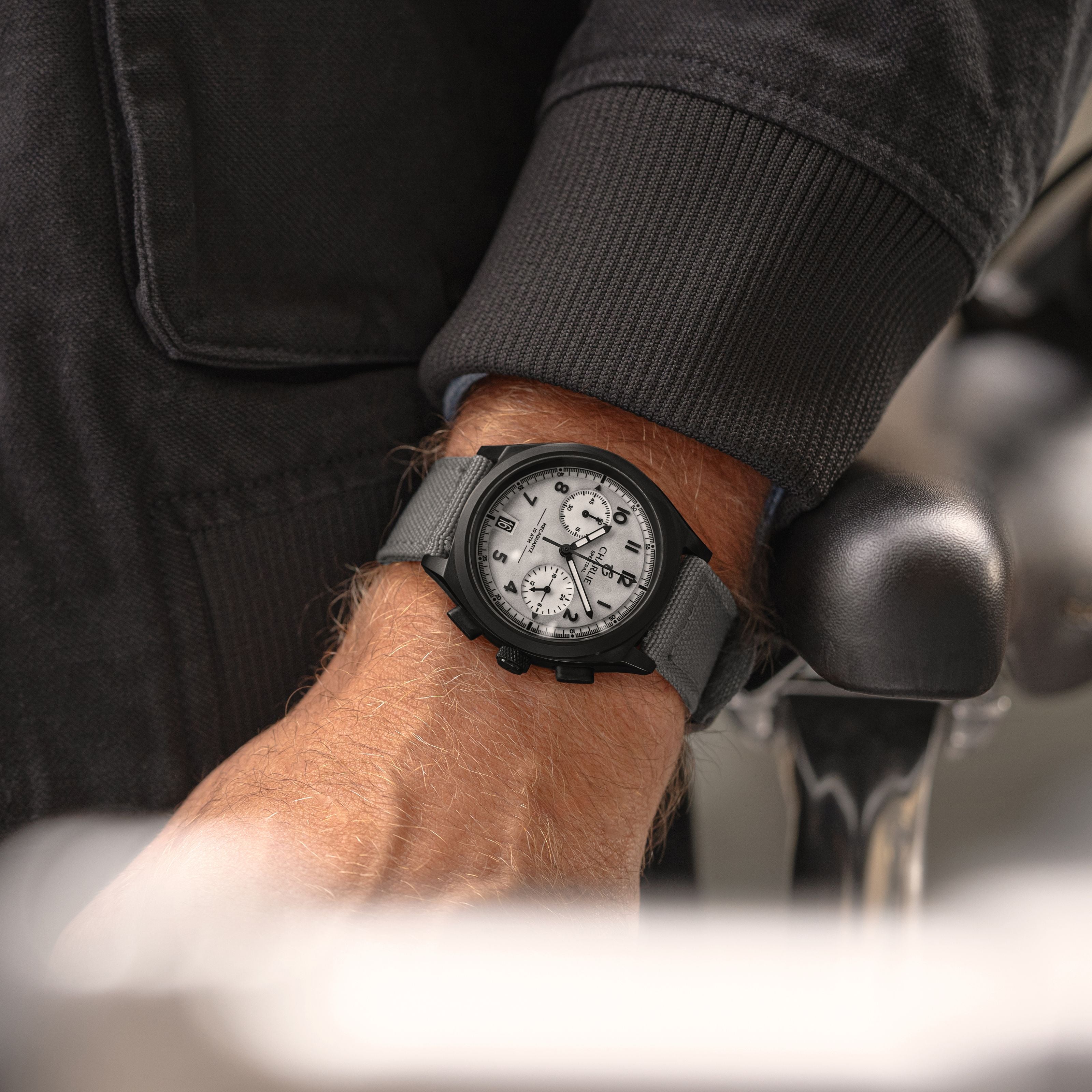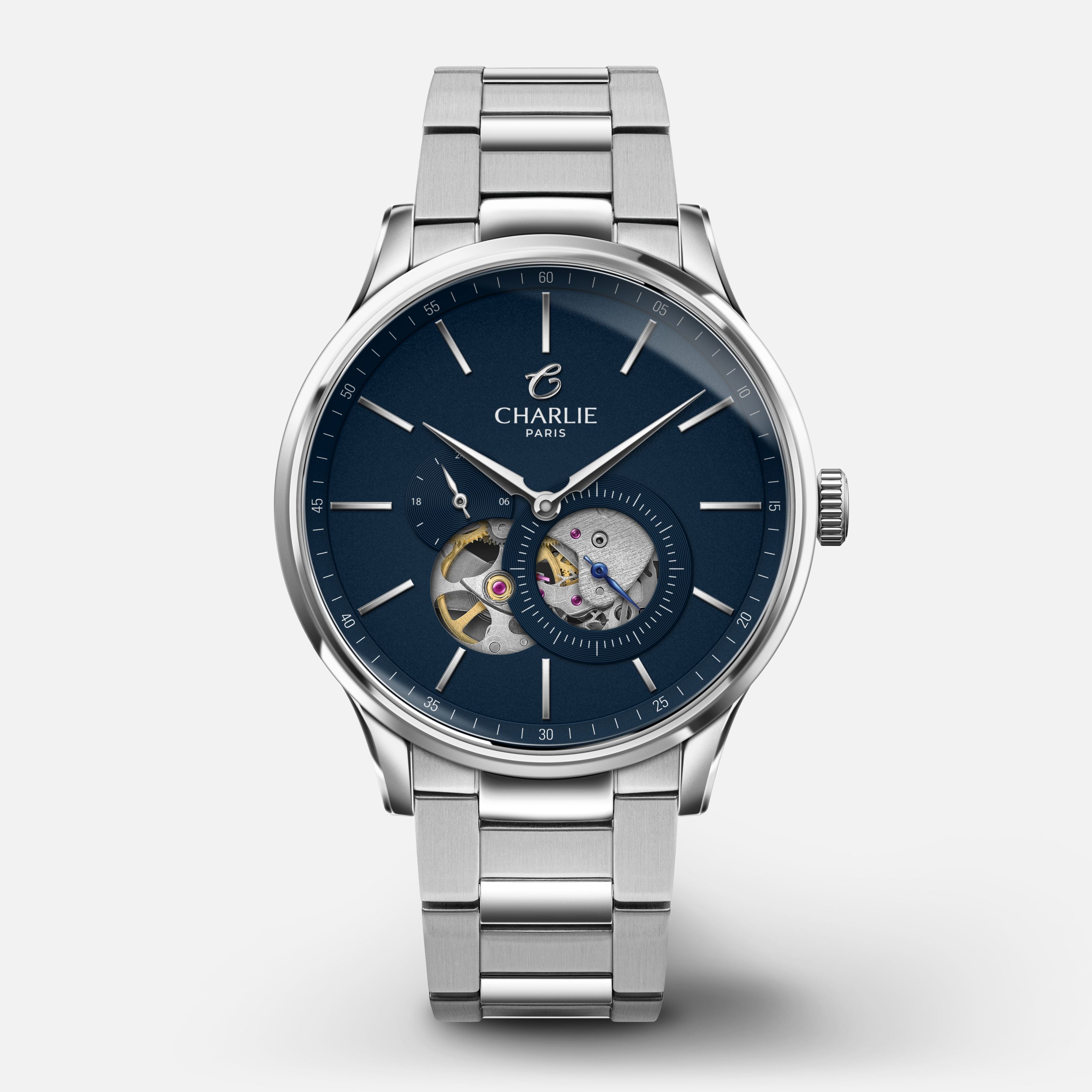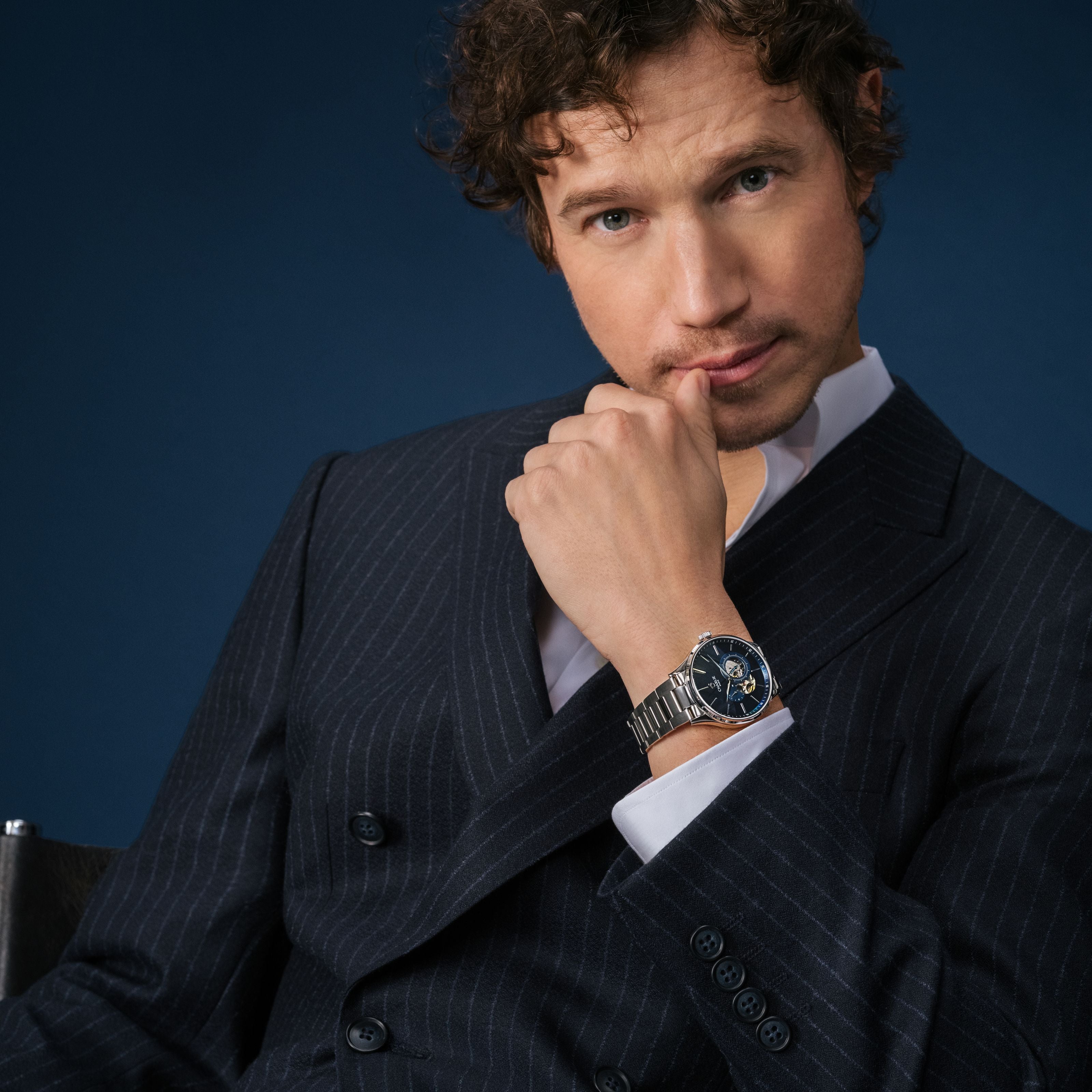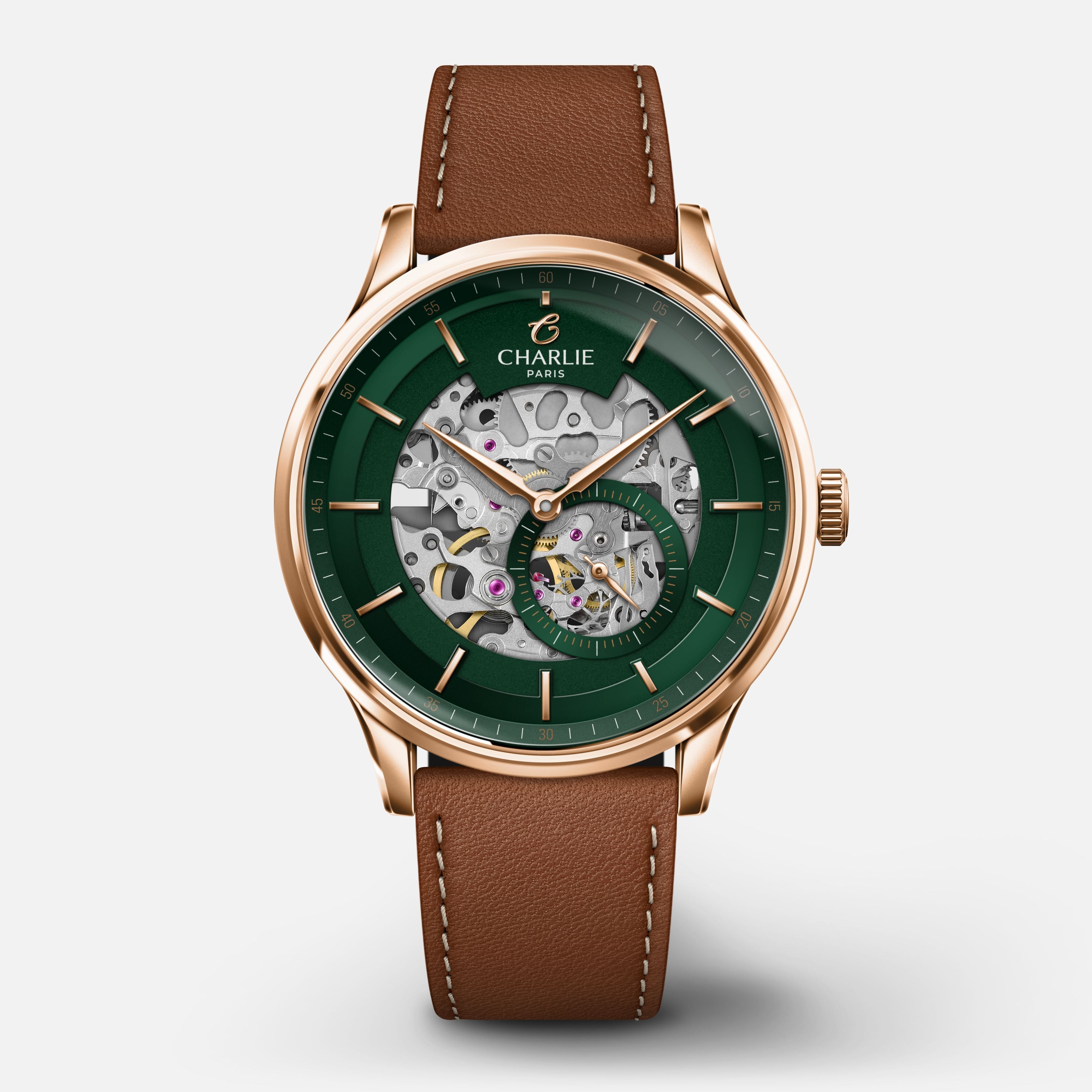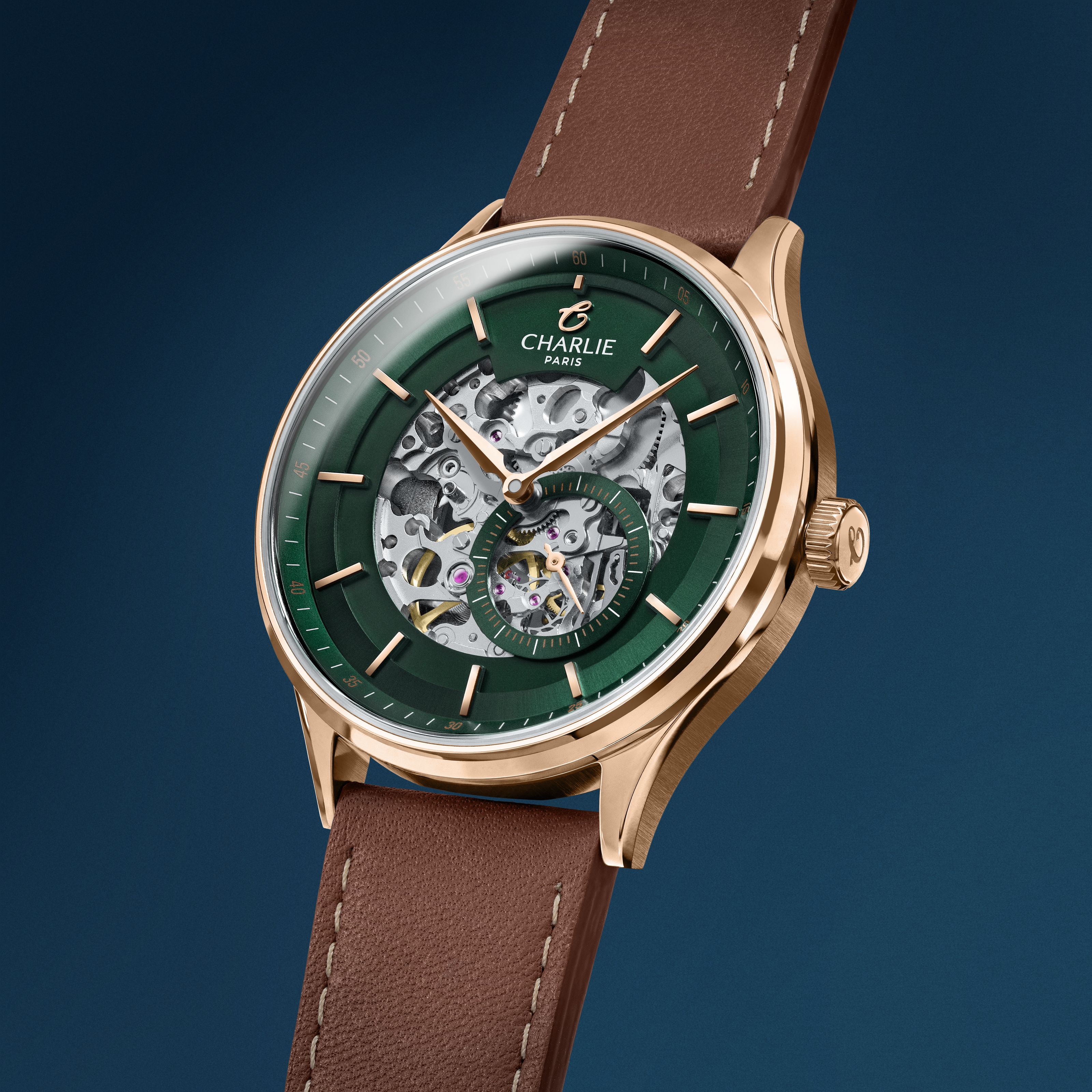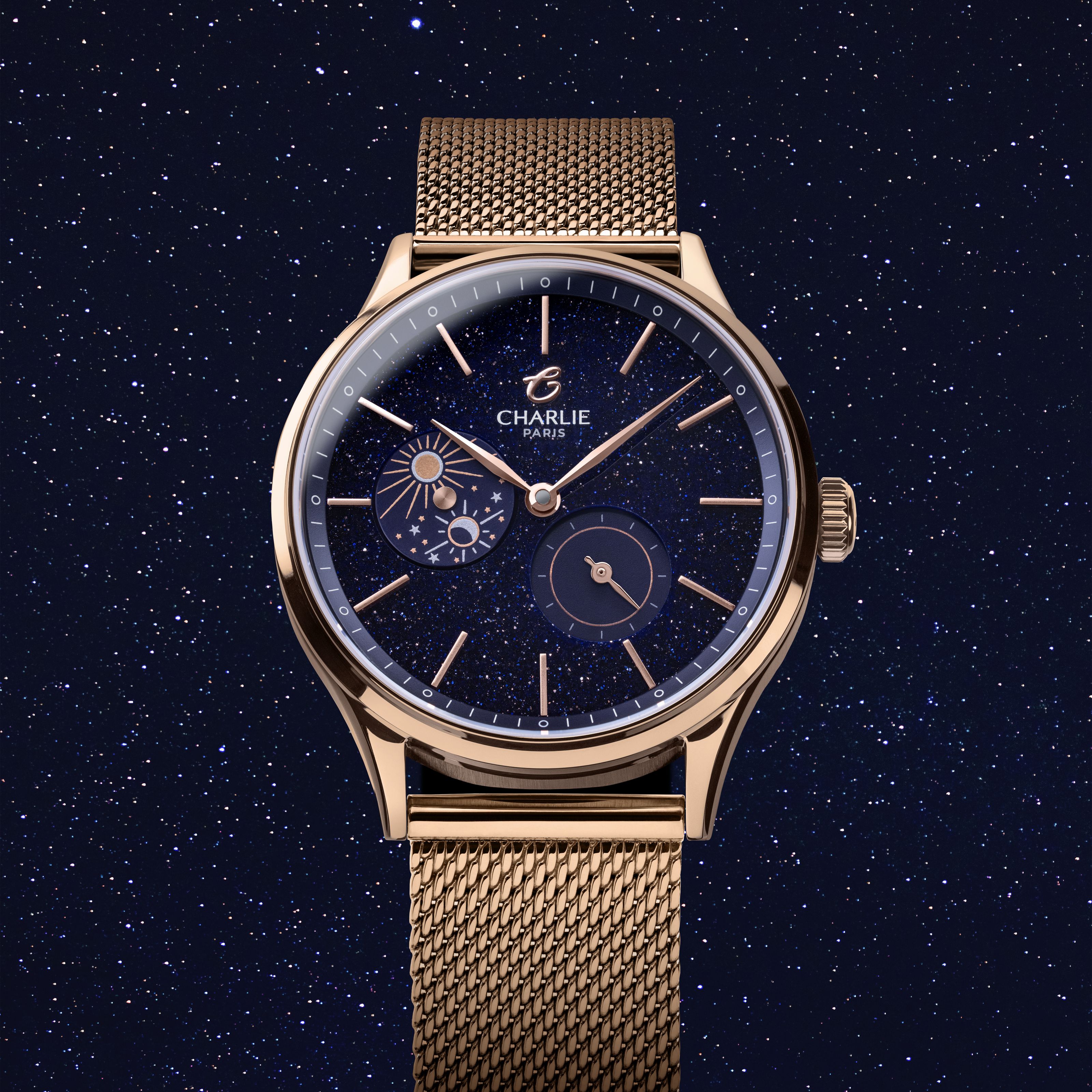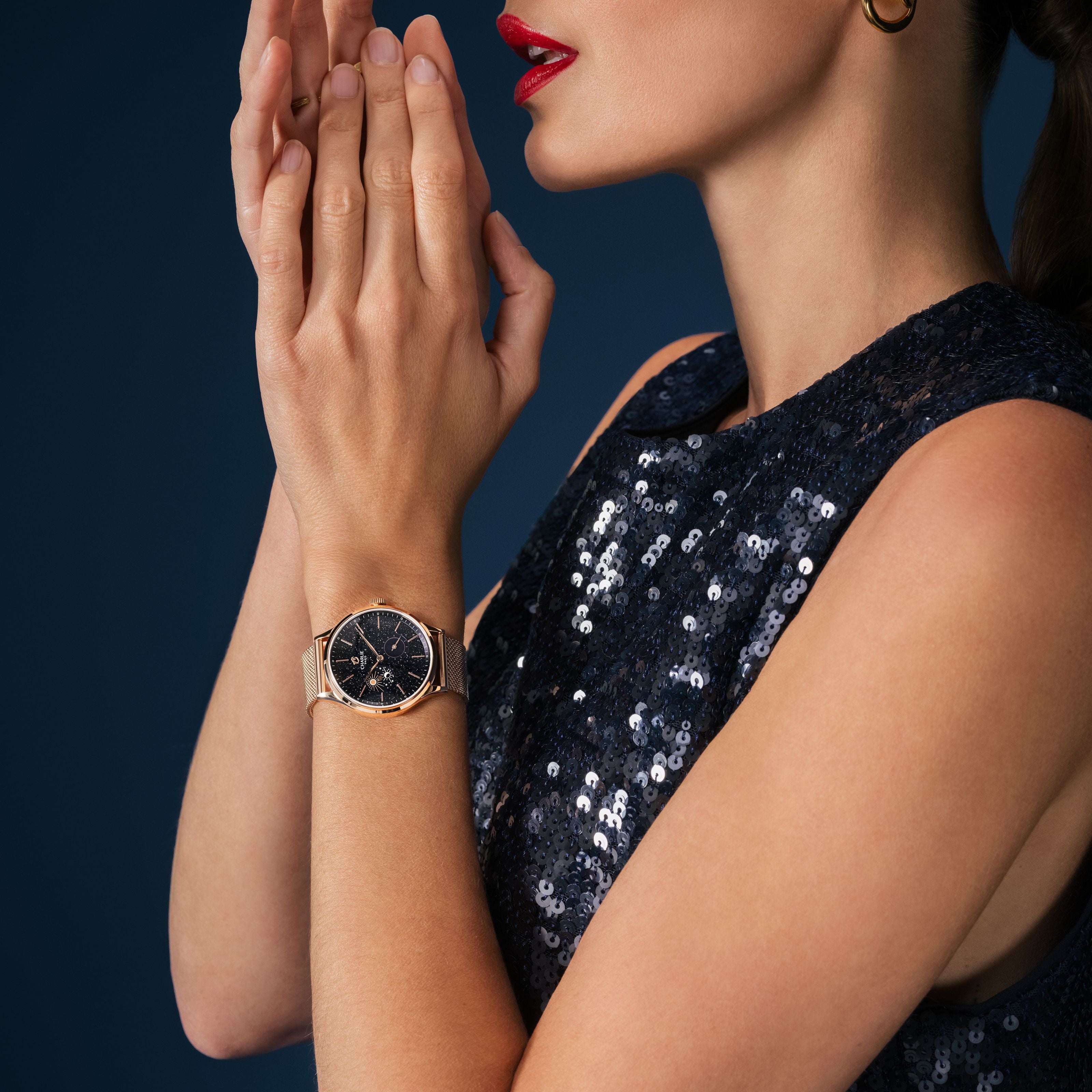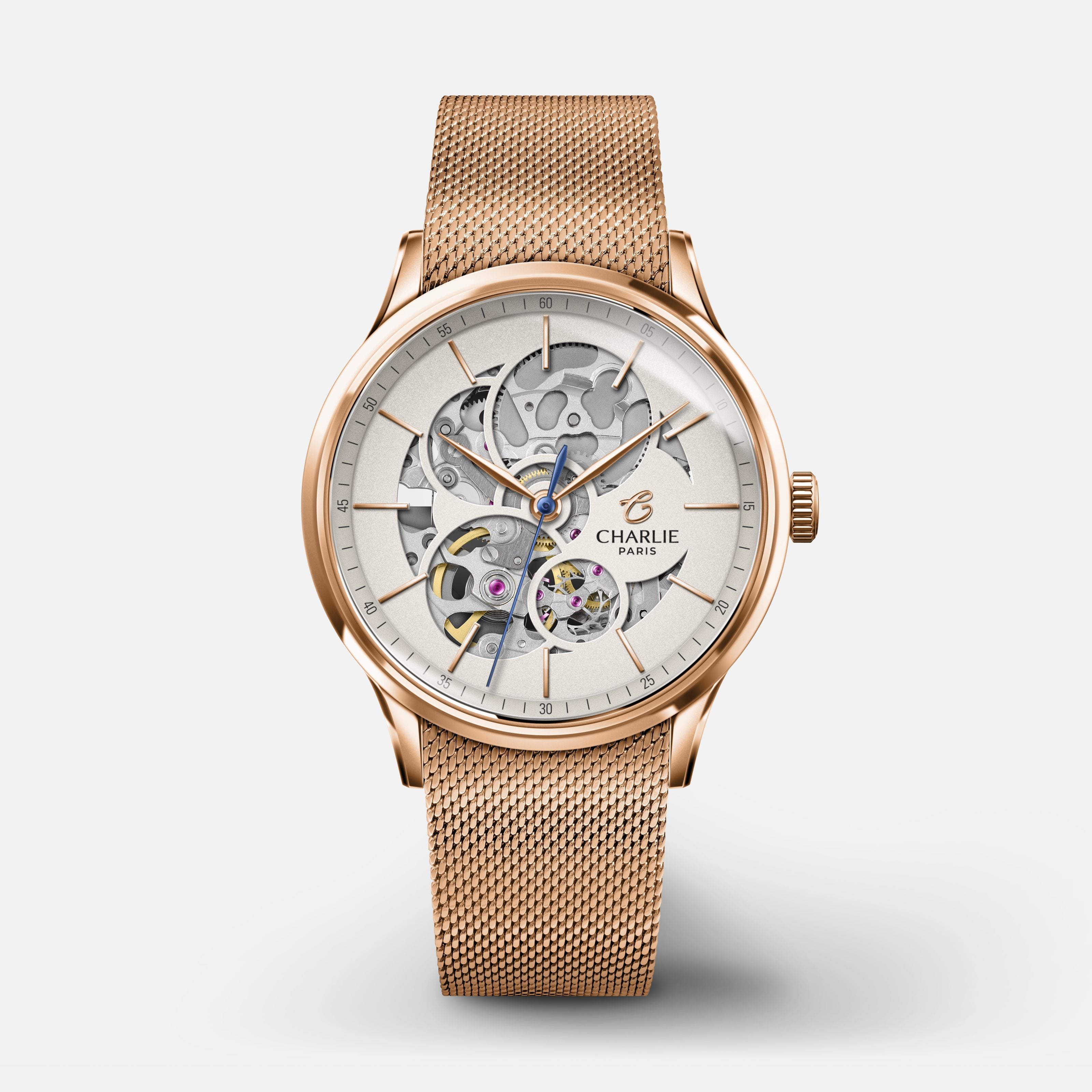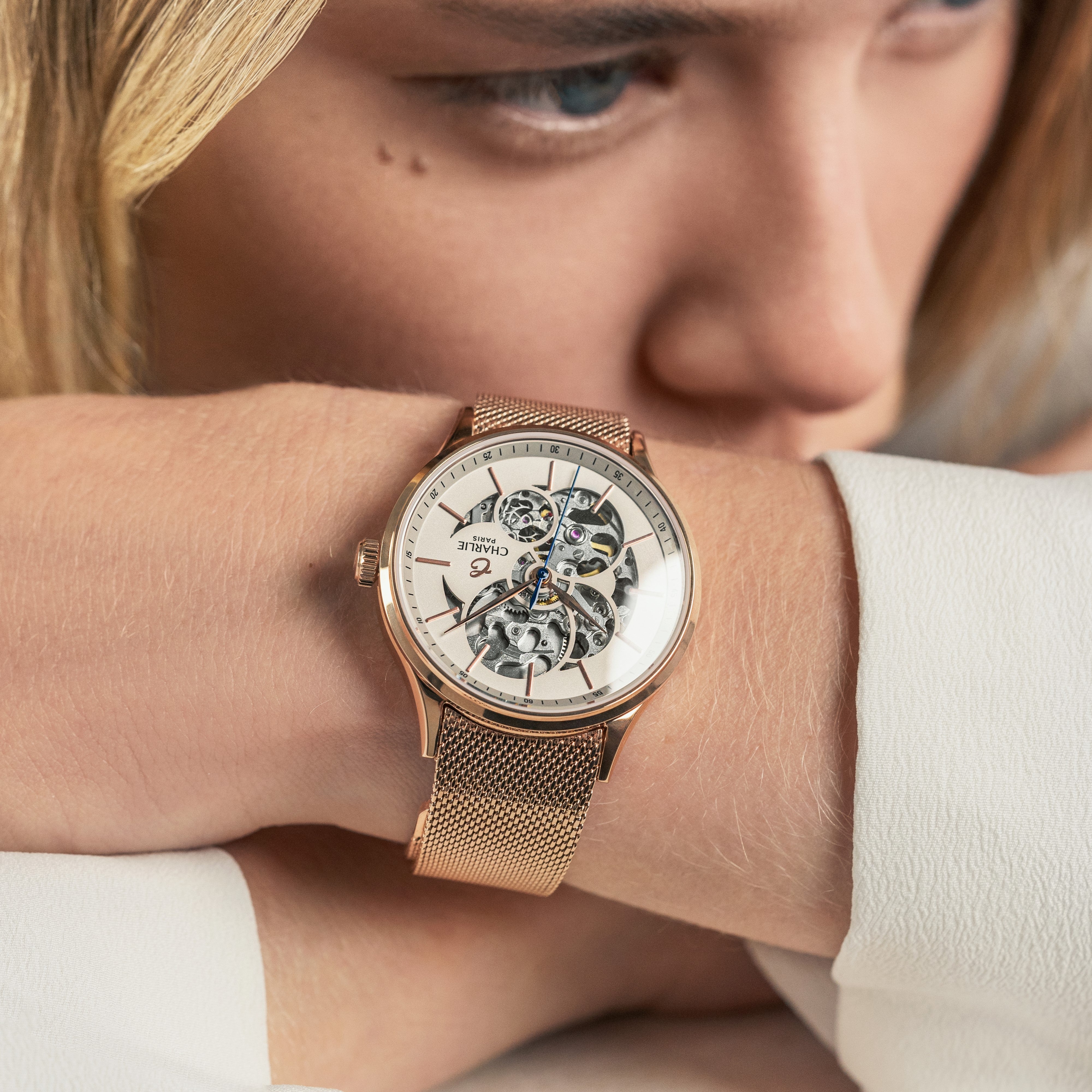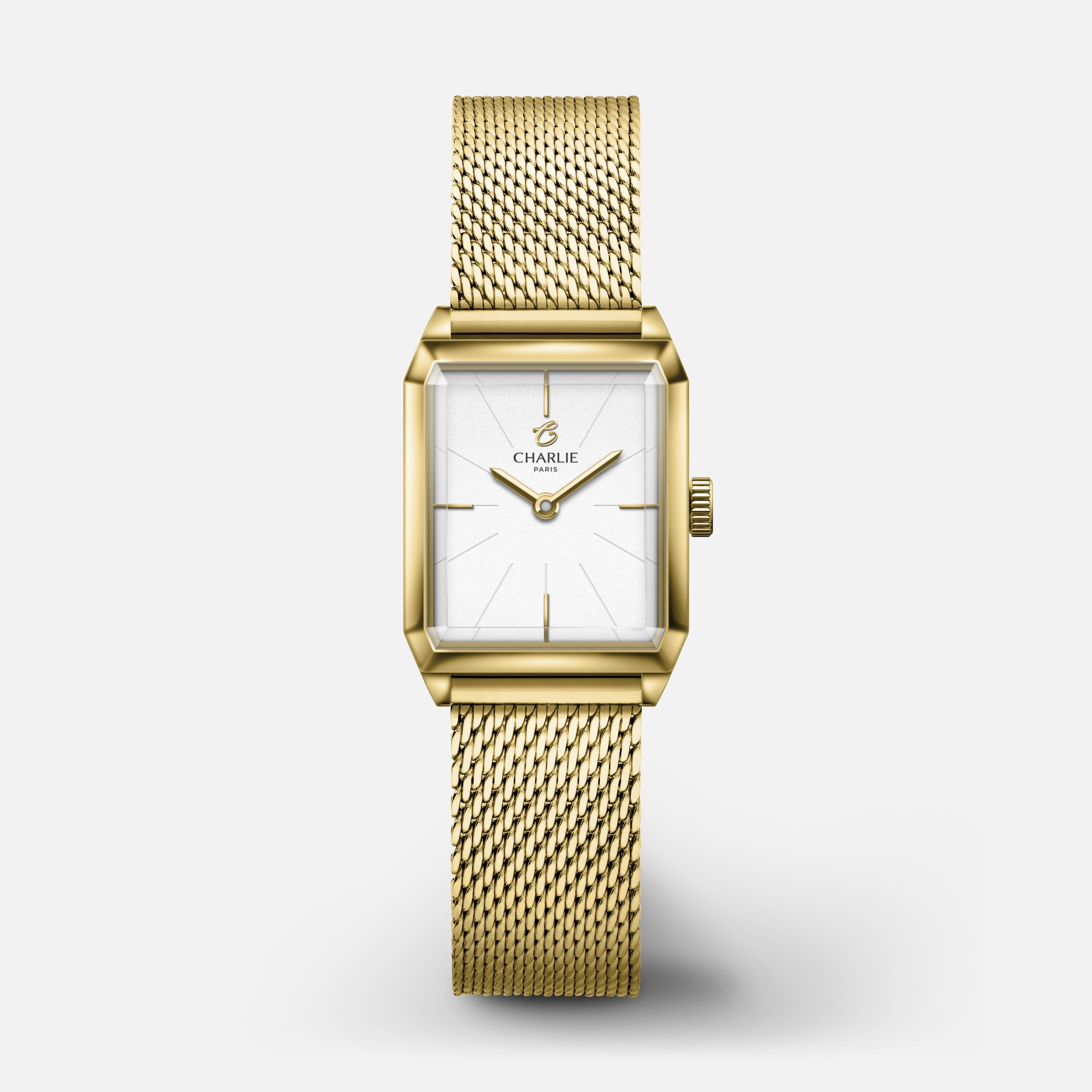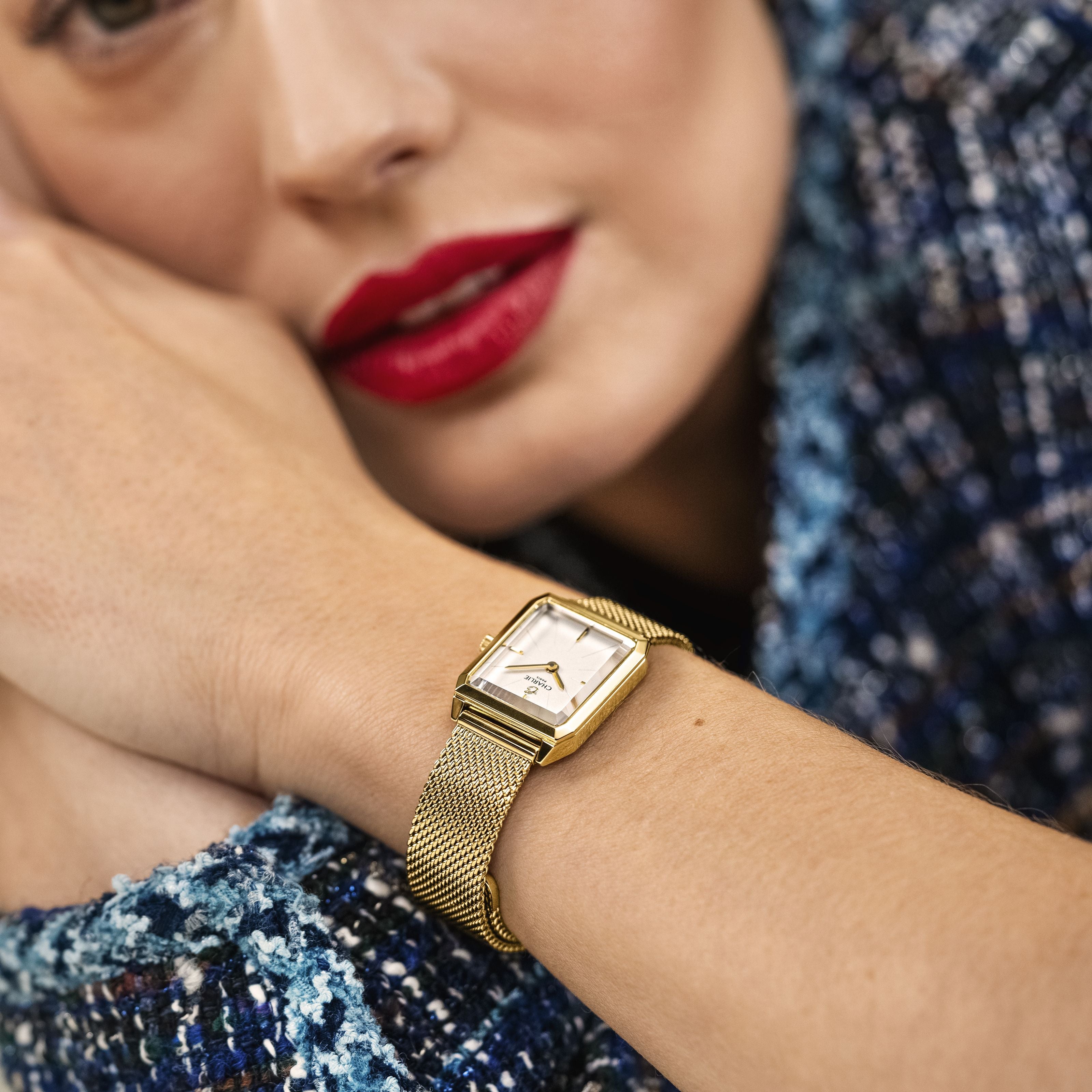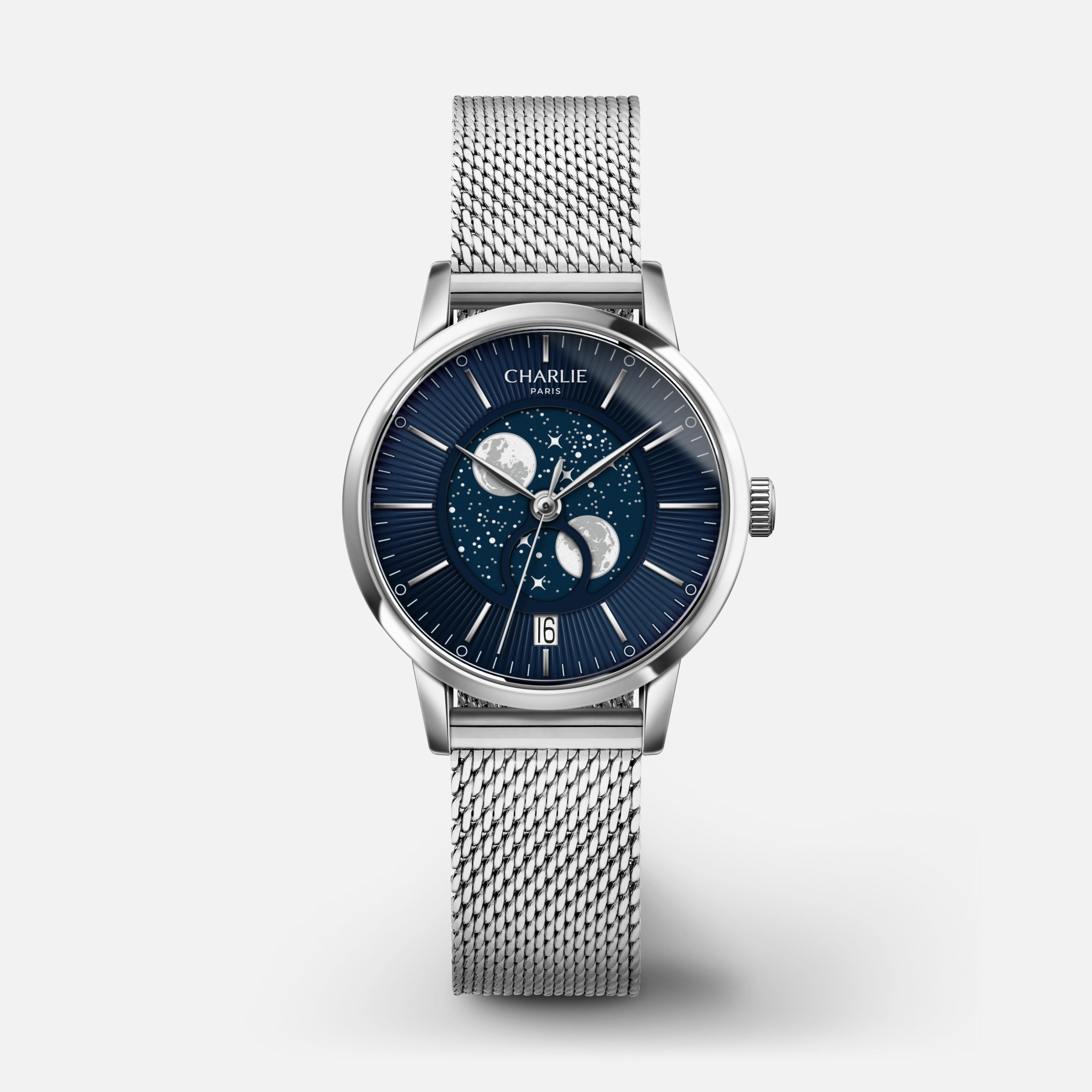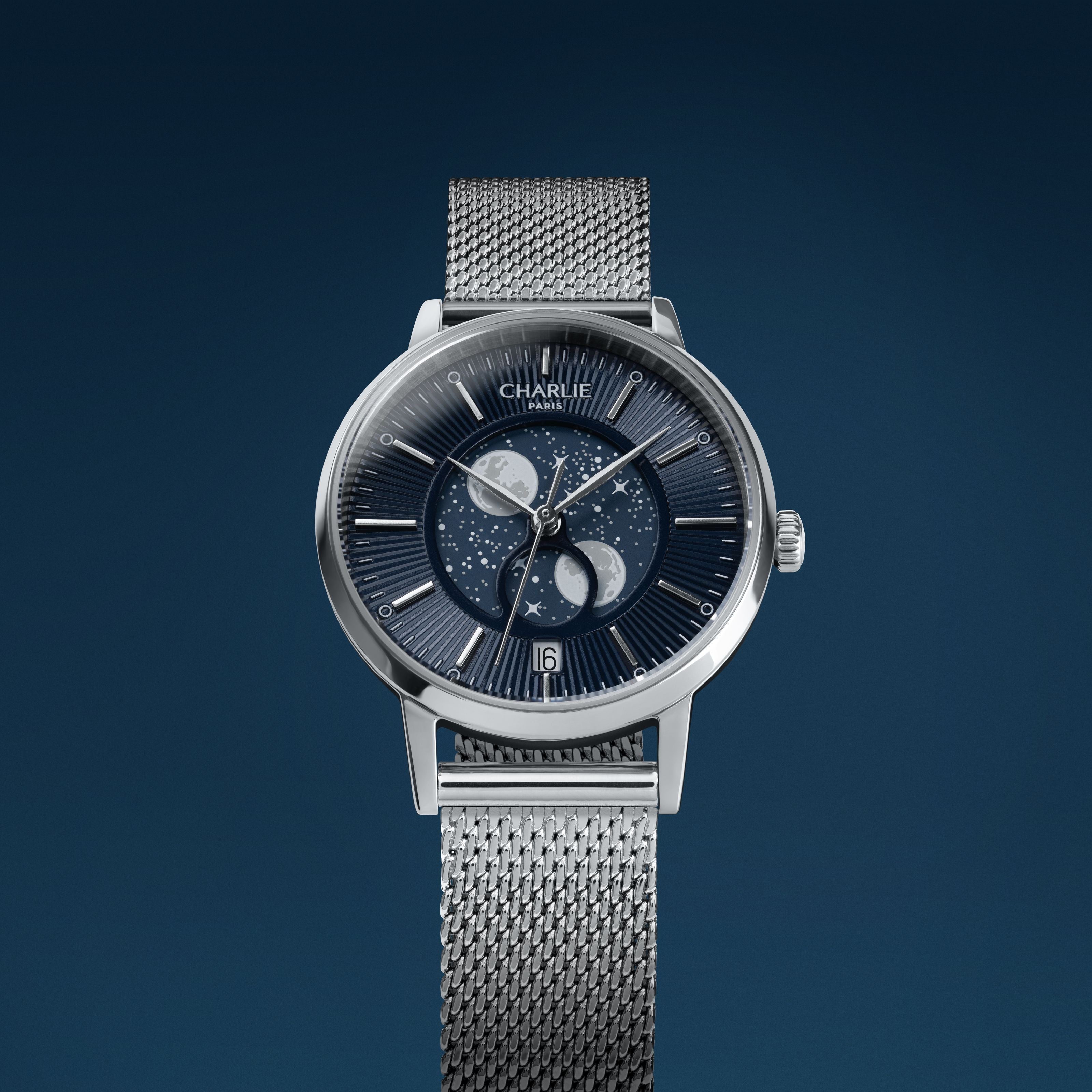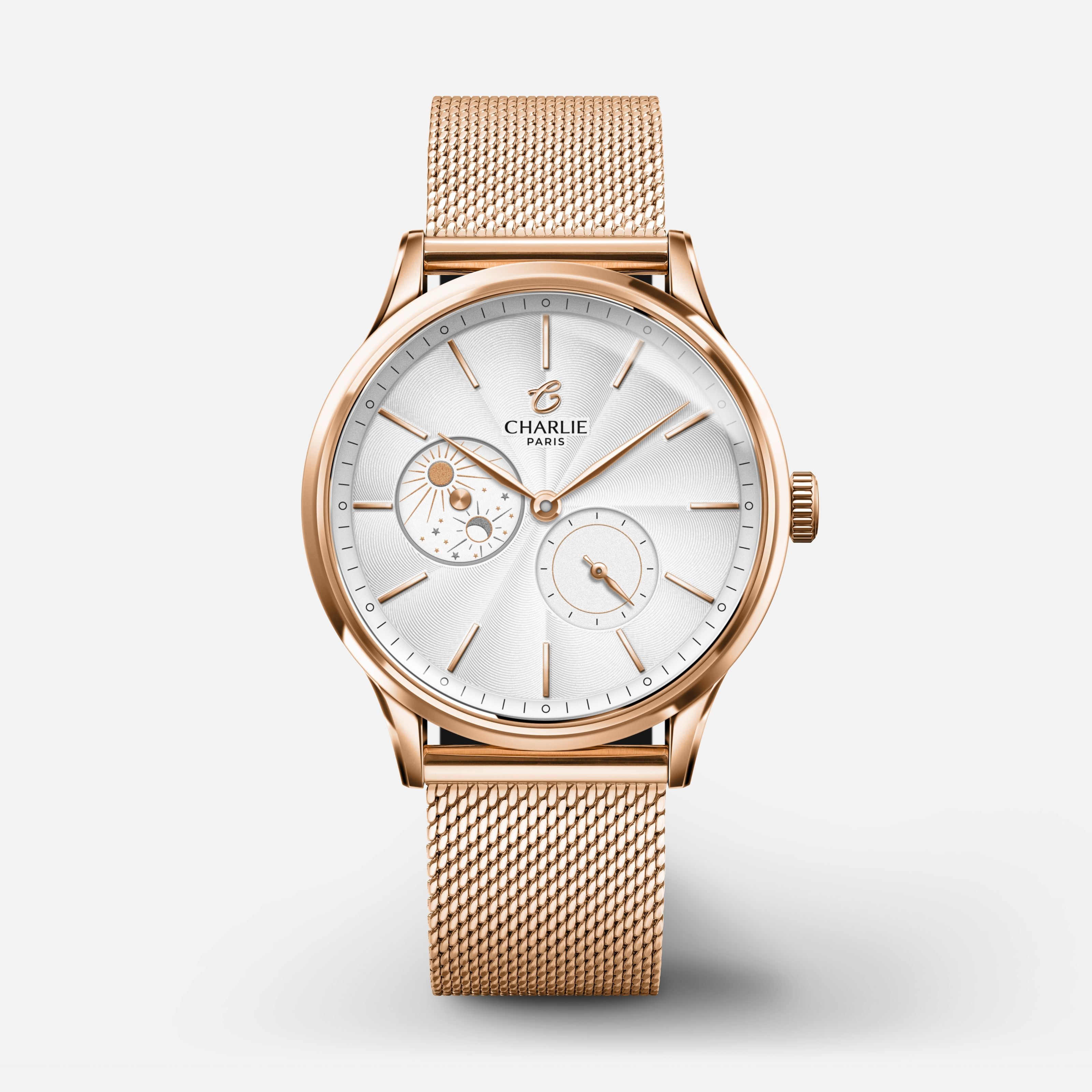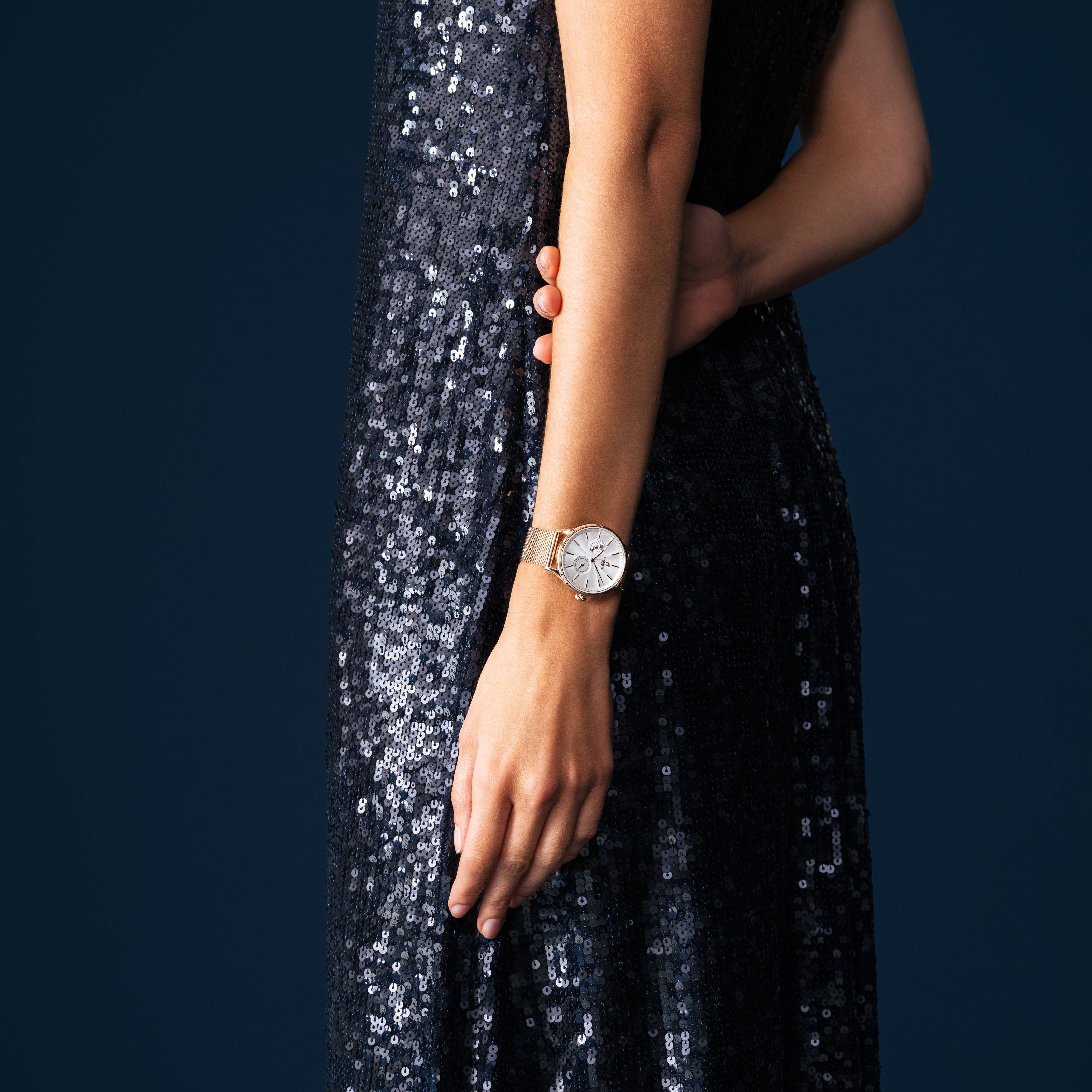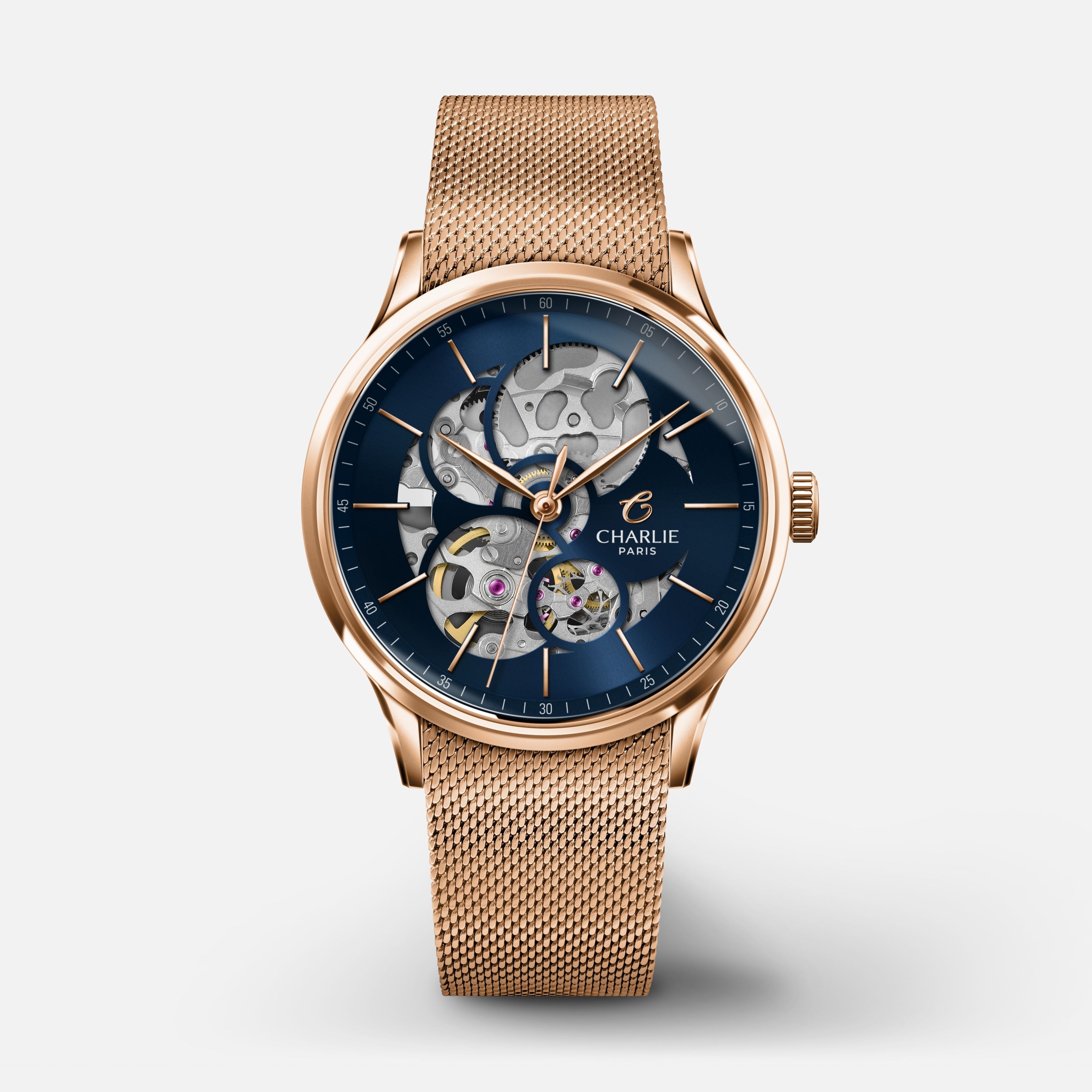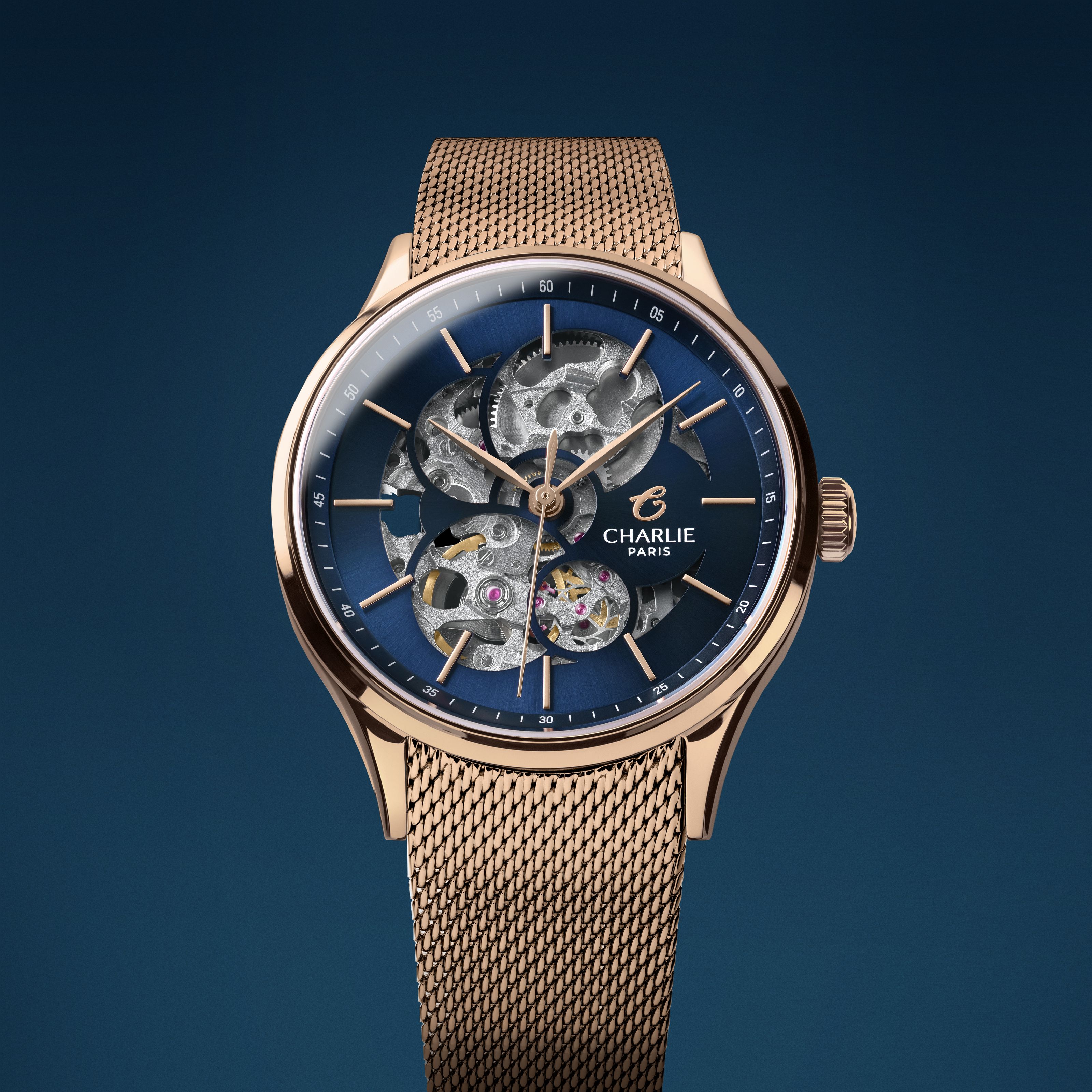The invisible soul of an automatic watch
In the movement of an automatic watch , the barrel is often discreet, almost invisible. Yet it plays a central role: it stores energy and distributes it regularly, allowing the hands to dance across the dial with precision. It can be thought of as the silent breath that makes time tick, a small cylinder containing the force necessary for the life of a watch.
History: from the origins to the present day
The barrel appeared in the 17th century, at a time when watchmakers sought to make watches portable and reliable by replacing the suspended weights that powered clocks. This small cylindrical drum, containing a mainspring, quickly became the key element of all mechanical watches.
Over the centuries, the barrel has evolved:
- The springs have become more resistant and precise.
- Safety systems have been introduced to prevent spring breakage.
- Double barrels are used to power watches with complications, such as moon phases or minute repeaters.
Some barrels have even been openworked or decorated, allowing the rotation of the spring to be seen, transforming a functional component into an aesthetic and hypnotic object.

Technical operation: transforming movement into time
The barrel consists of three main elements:
- The drum: cylinder which contains the spring.
- The mainspring: wound inside the drum, it stores energy.
- The shaft: transmits the stored energy to the gear train.
With each movement of the rotor, the spring tightens slightly, accumulating energy. This energy is then transmitted to the gear train, then to the balance wheel, which sets the seconds. Thanks to this mechanism, the barrel ensures a regular release of energy, even when the wrist is resting, and allows automatic watches to run consistently.
In some watches, the barrel is openworked or decorated, revealing the rotating spring and integrating with the aesthetic finishes of the movement, such as Côtes de Genève or hot-blued screws.
The barrel at Charlie Paris
At Charlie Paris, the barrel is more than just a steel cylinder: it's the silent reservoir of time's energy. In each of our automatic watches, it transforms everyday gestures into a steady movement, ensuring the continuity of the passing hours.
We pay particular attention to every detail, including those that are invisible to the eye. The barrel is integrated into carefully decorated movements, which combine Côtes de Genève, hot-blued screws, and openworked masses. These finishes are a reminder that, in watchmaking, technical precision always dialogues with aesthetics.
All our watches are assembled in Paris , in our workshop in the 6th arrondissement. This choice is not insignificant: it reflects our desire to remain as close as possible to our home city, cultivating demanding and authentic French watchmaking expertise.
Discreet yet essential, the barrel reflects our values: patience, consistency, and high standards. It embodies our desire to create watches that stand the test of time with elegance and reliability, embodying a fragment of Parisian watchmaking art.
Read more
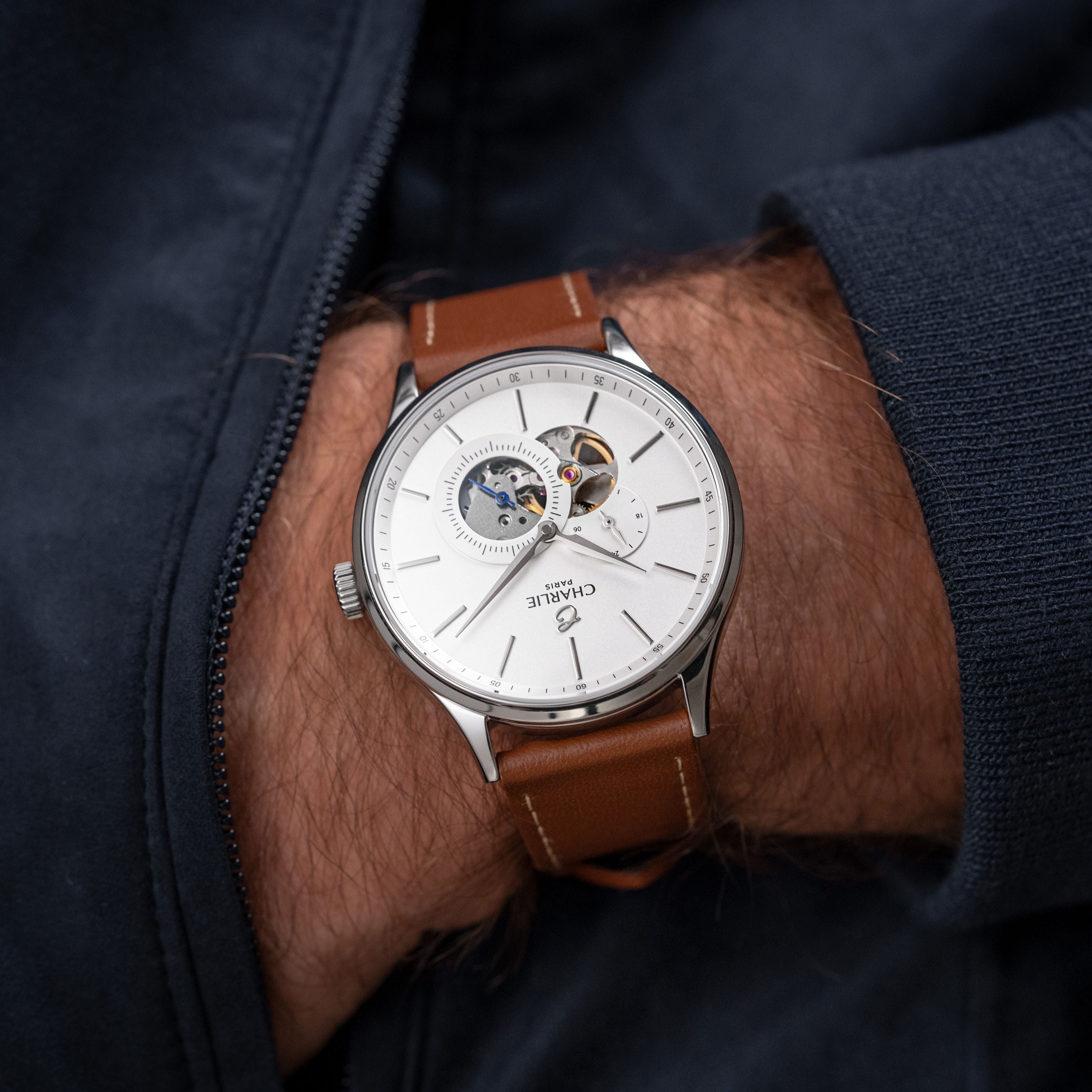
A tourbillon is a watchmaking complication whose primary purpose is to reduce the effect of gravity on the operation of mechanical watches. From the first tourbillon by Abraham Louis Breguet to the...
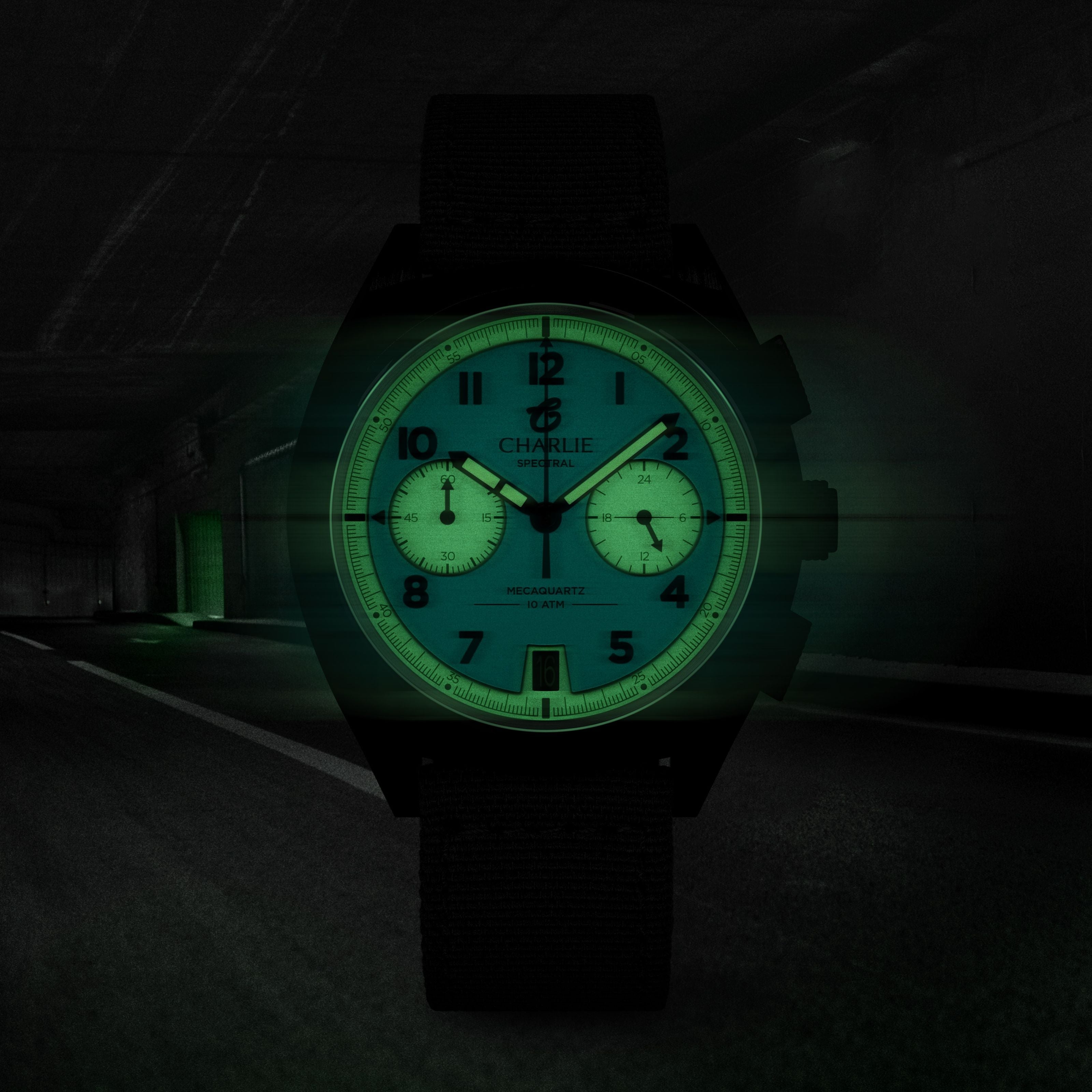
Discover how some watches are readable in the dark! Team Charlie Paris explains the different materials used to make a watch visible in the dark and presents its luminescent watches.


